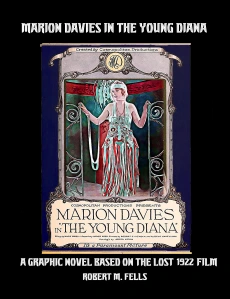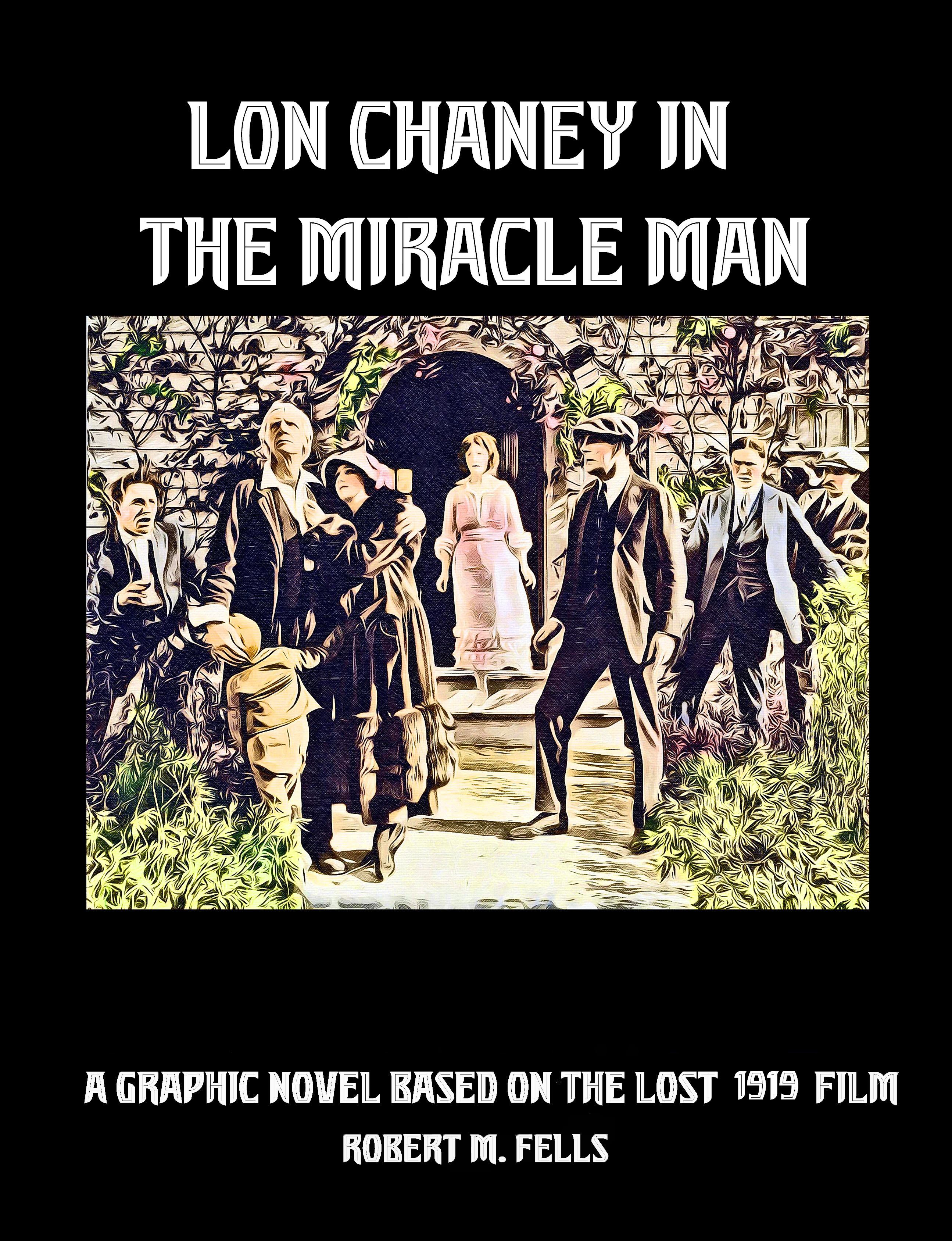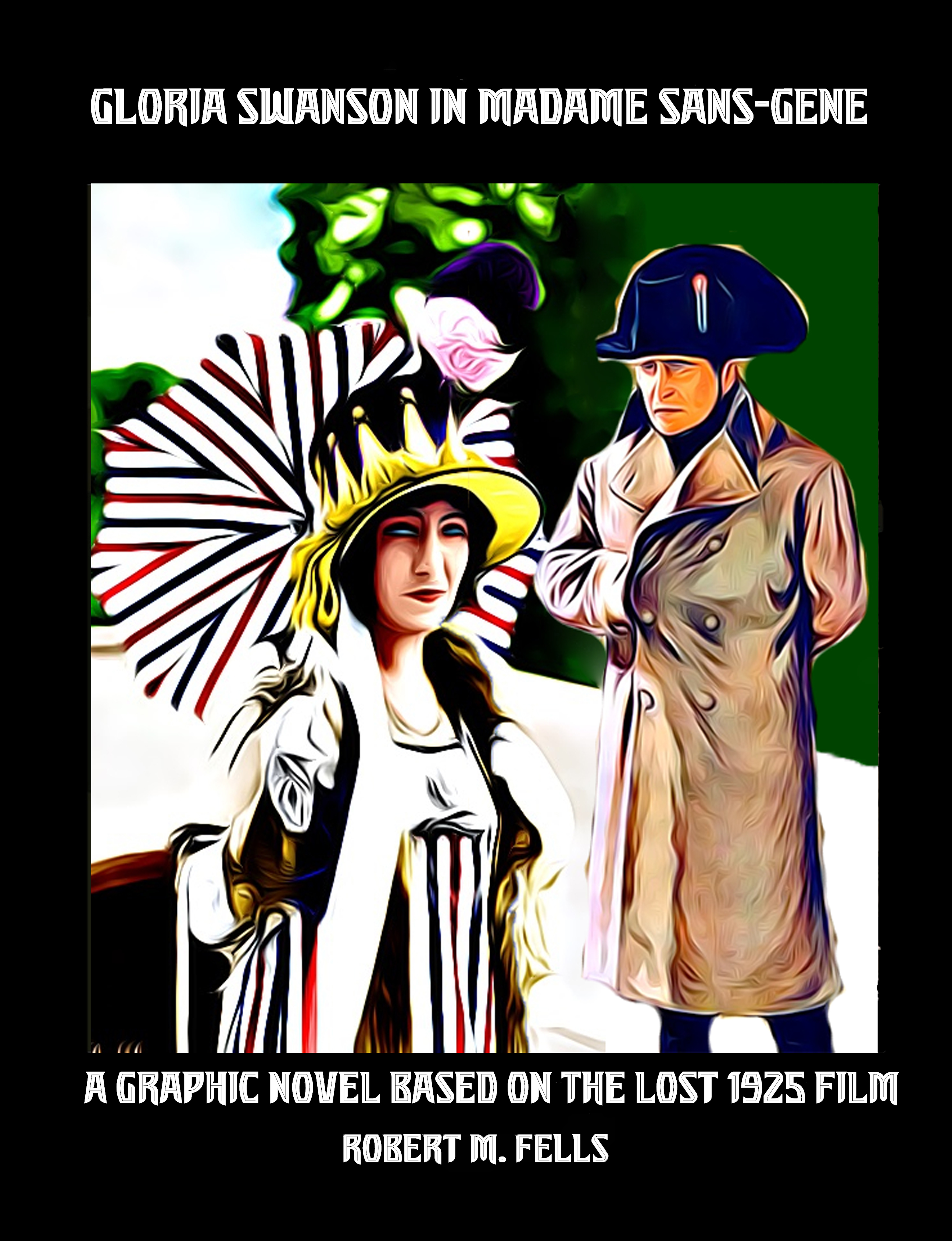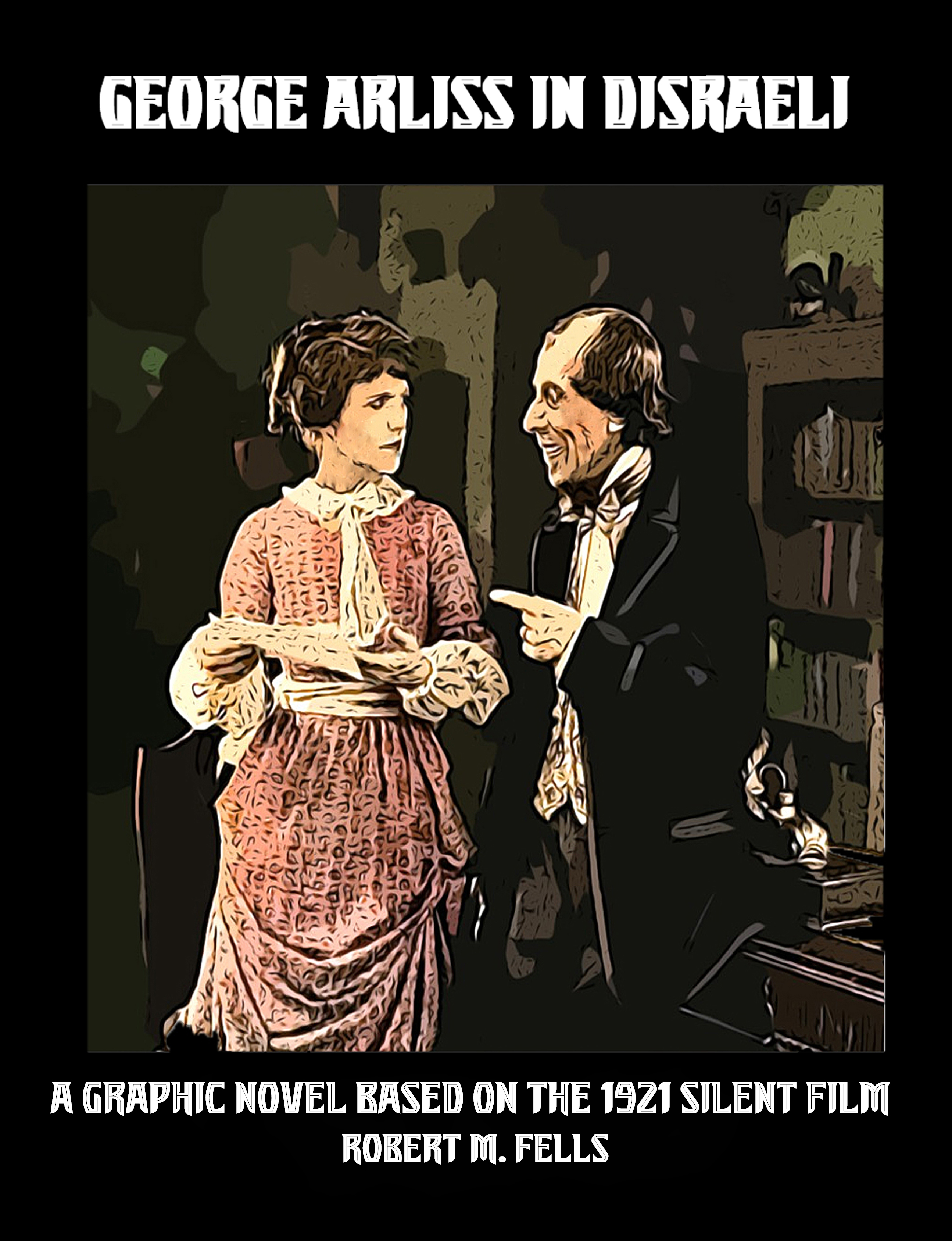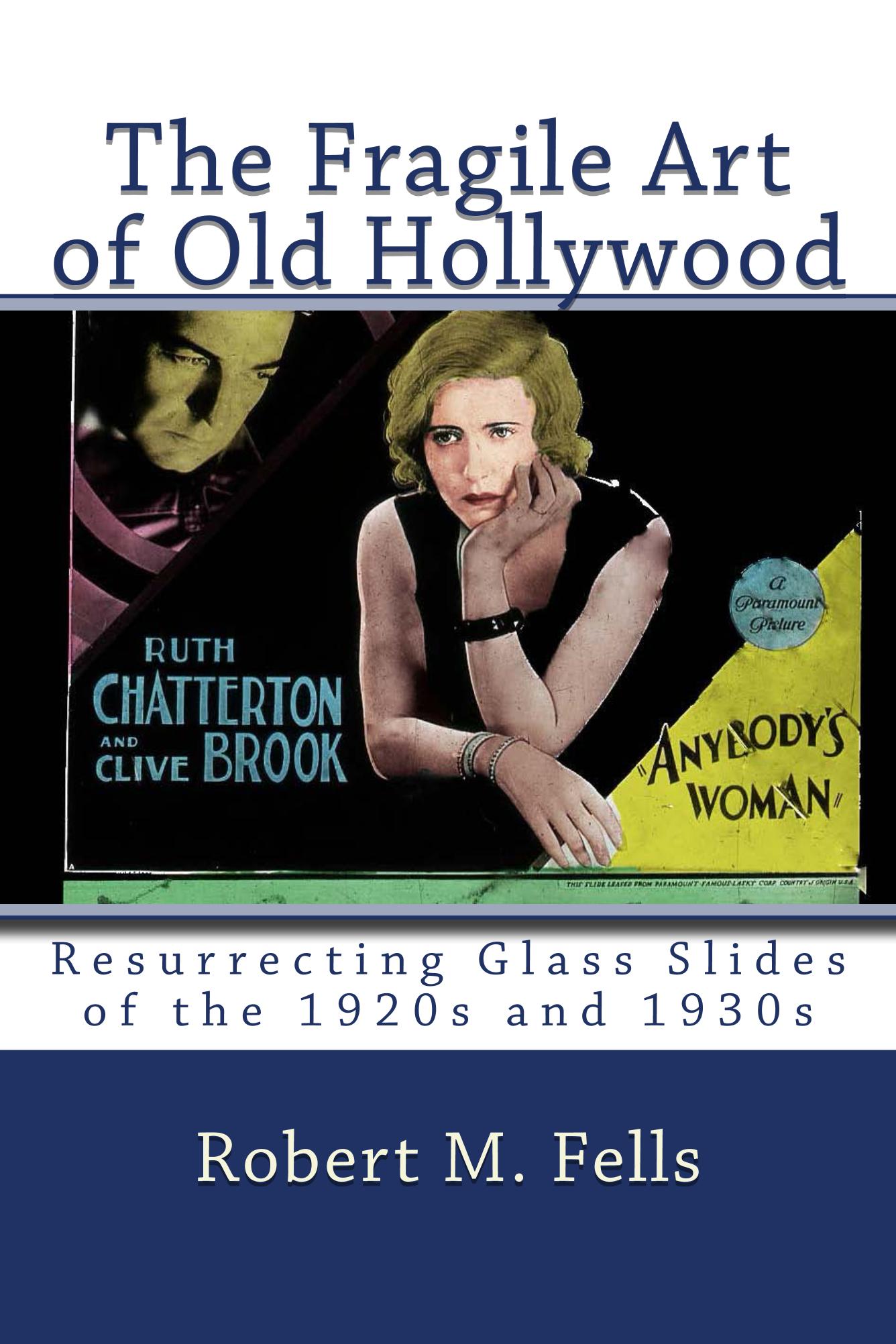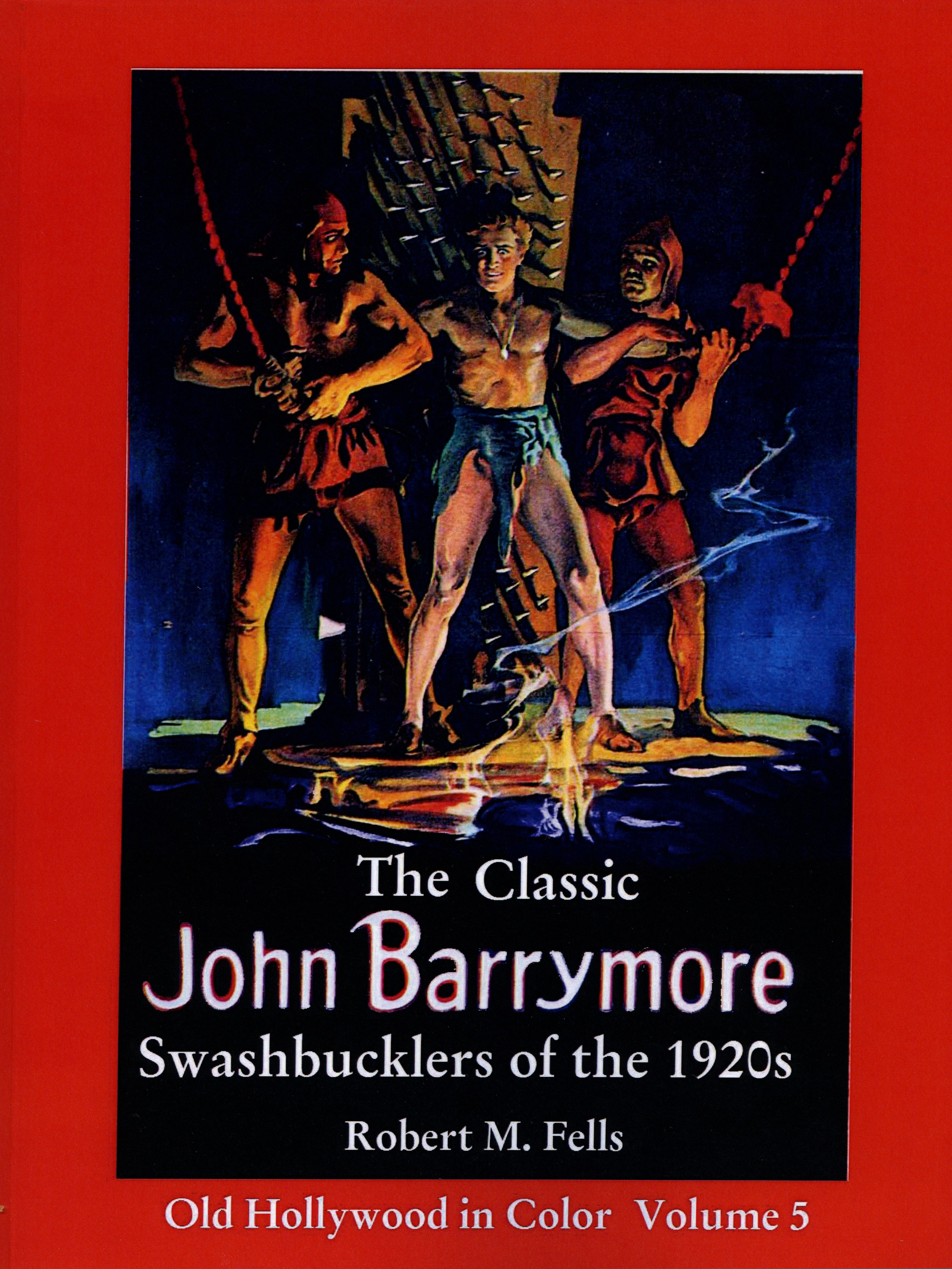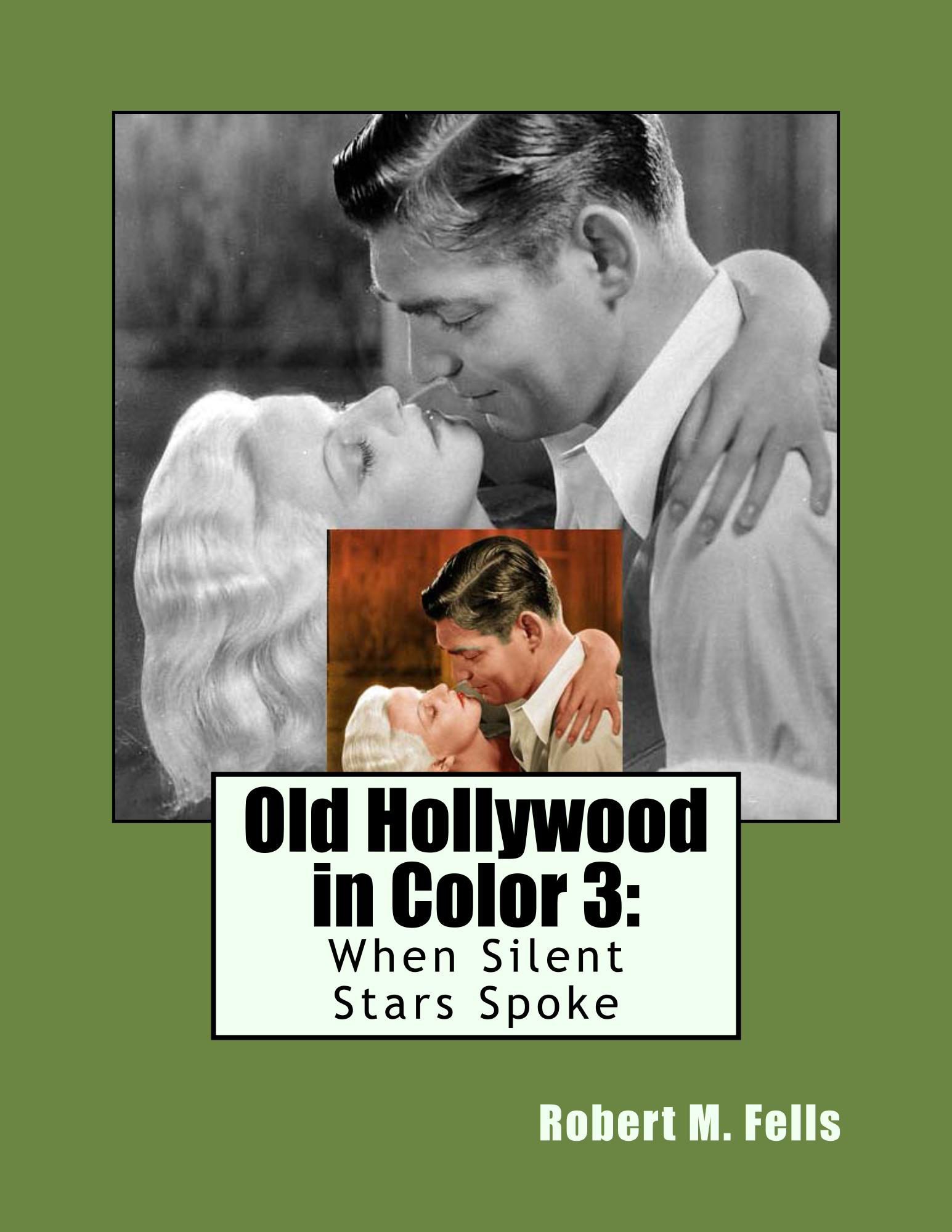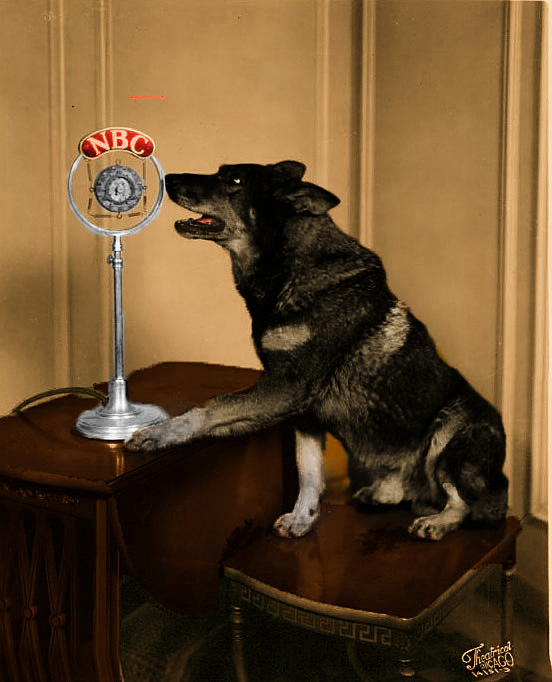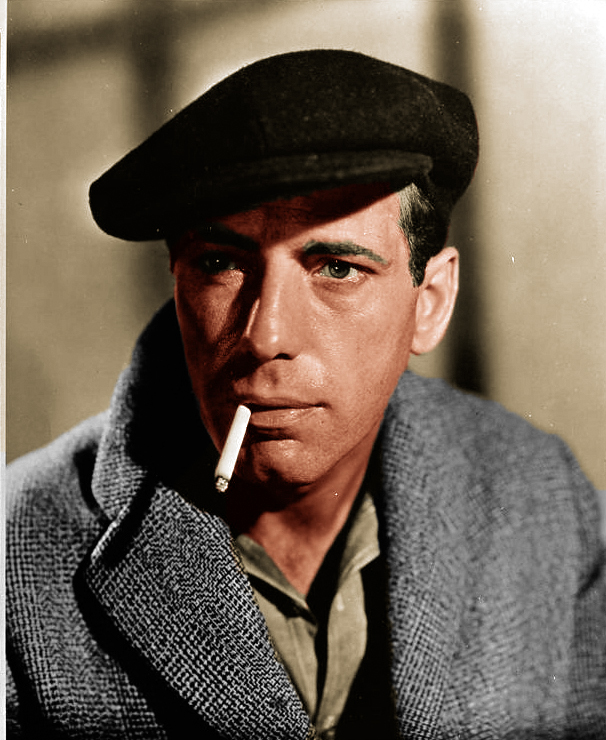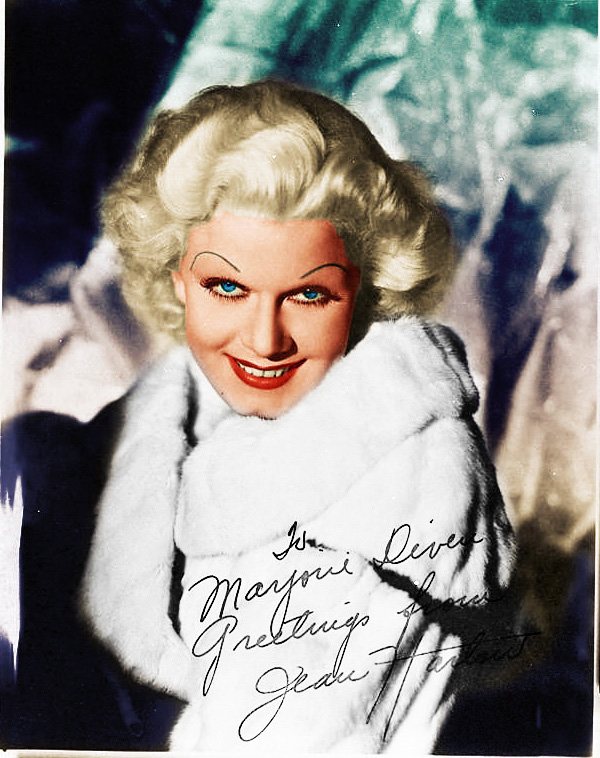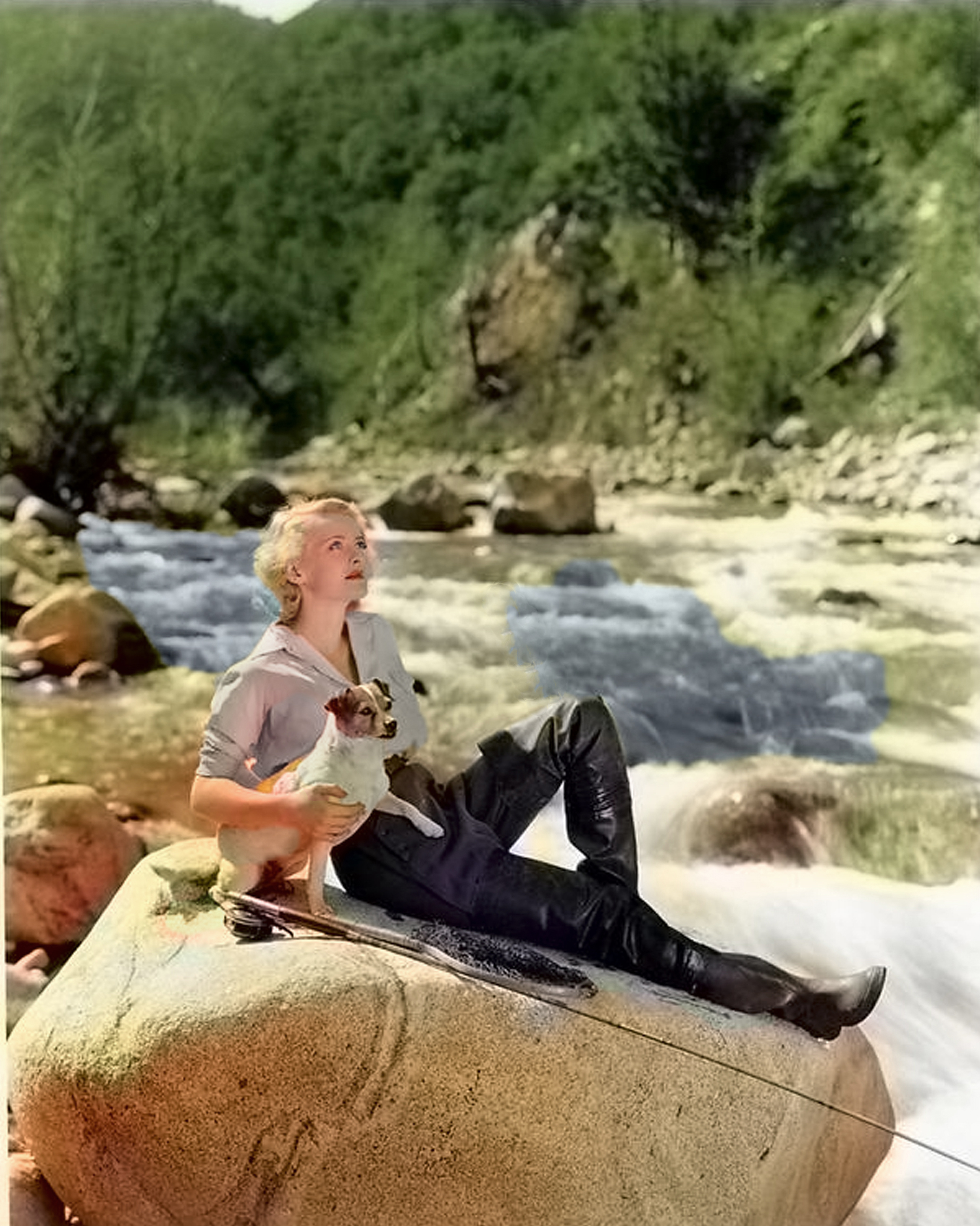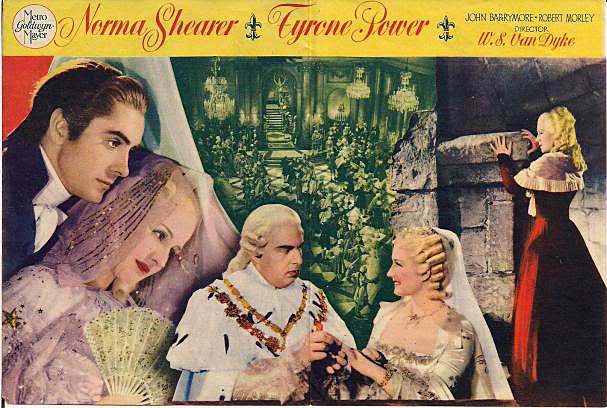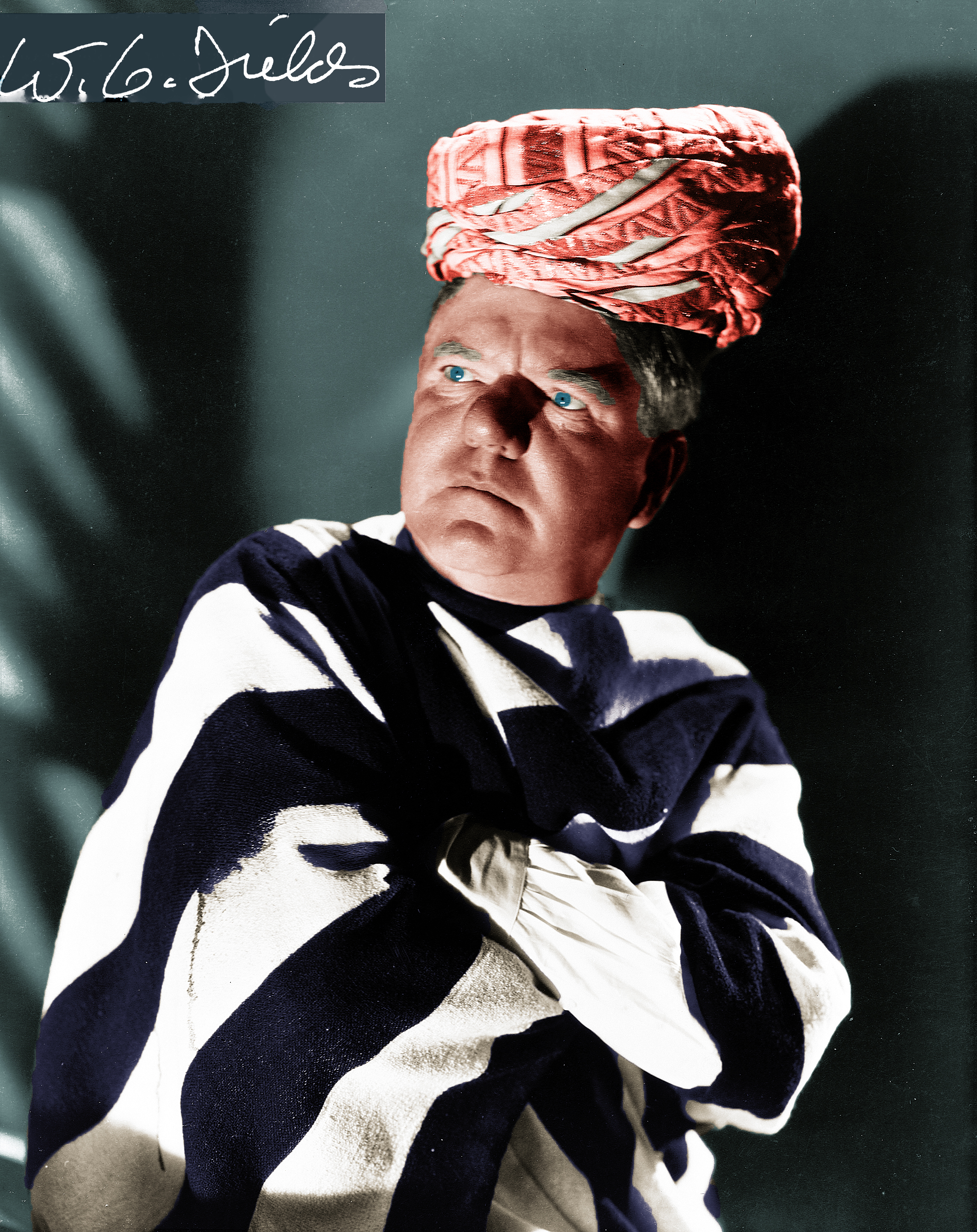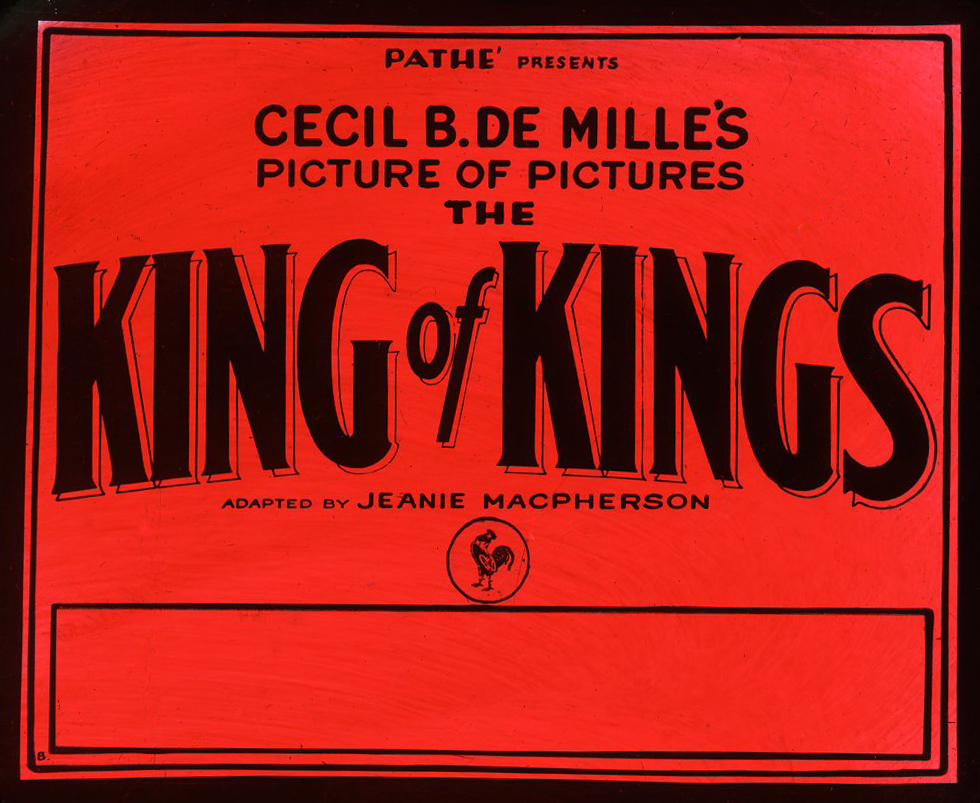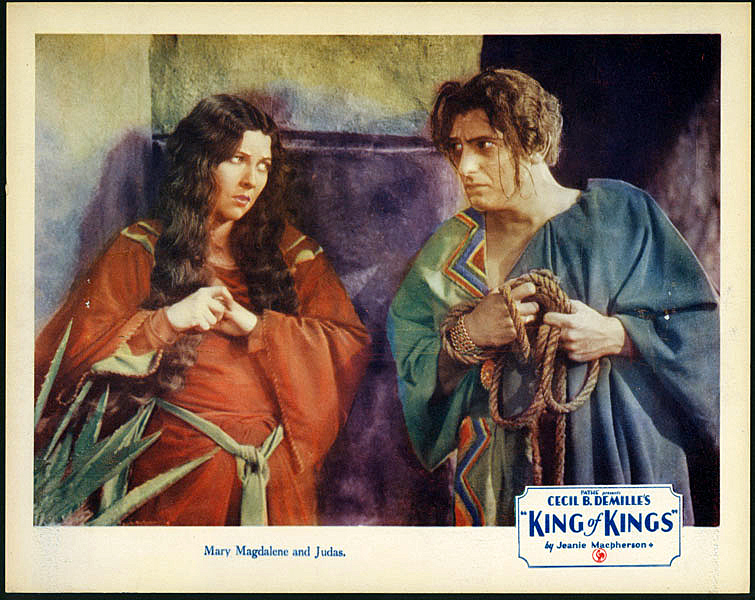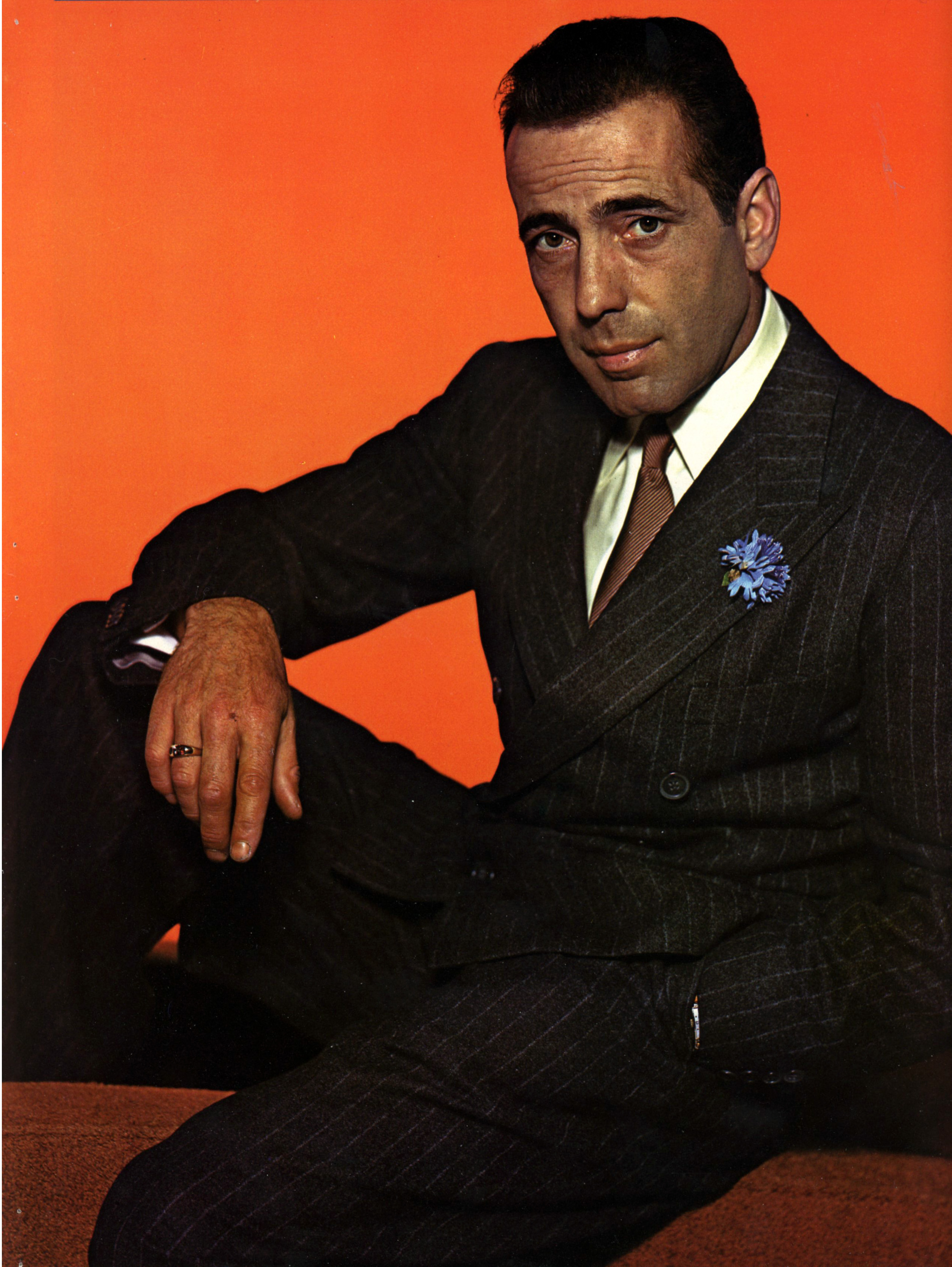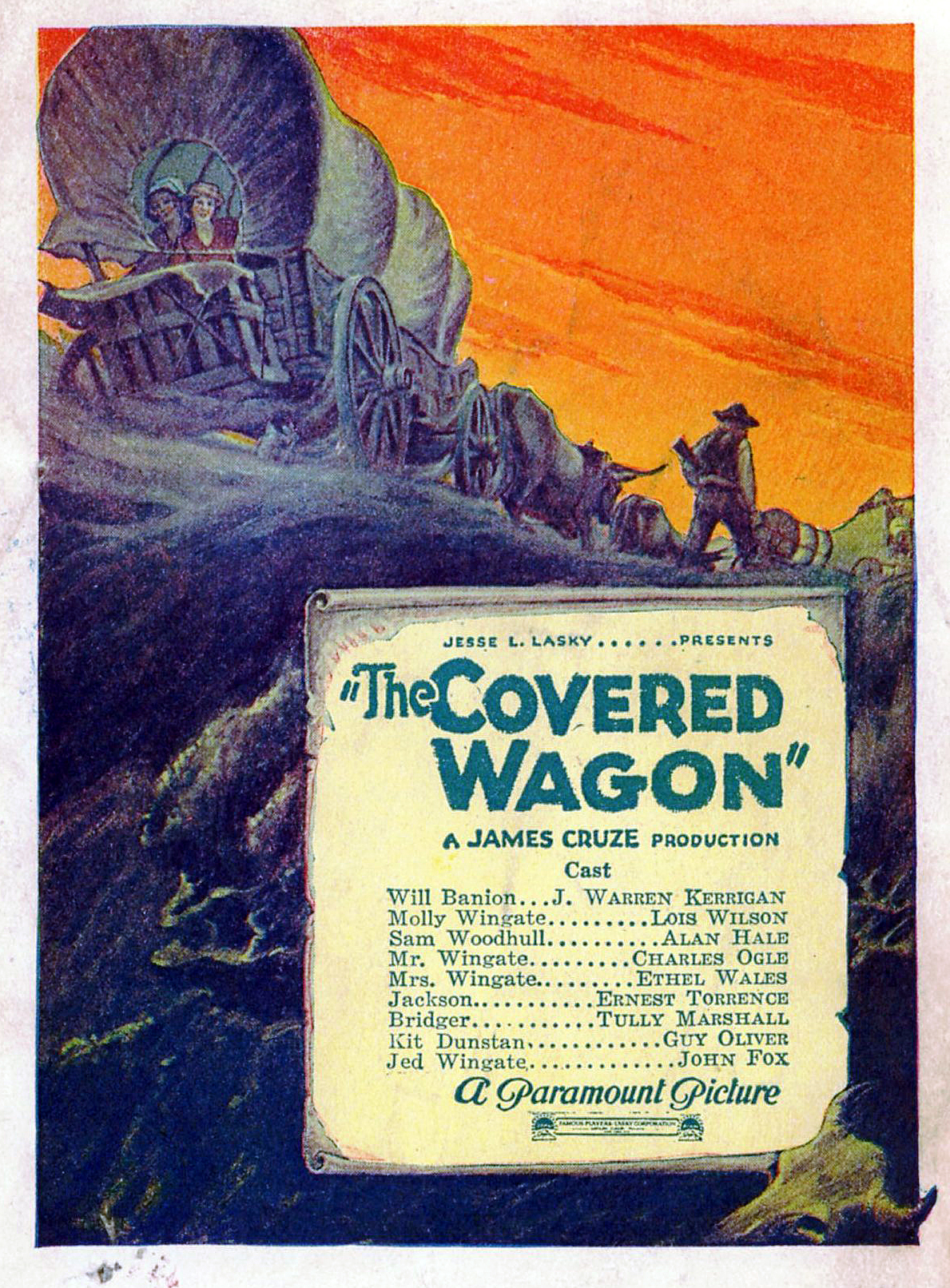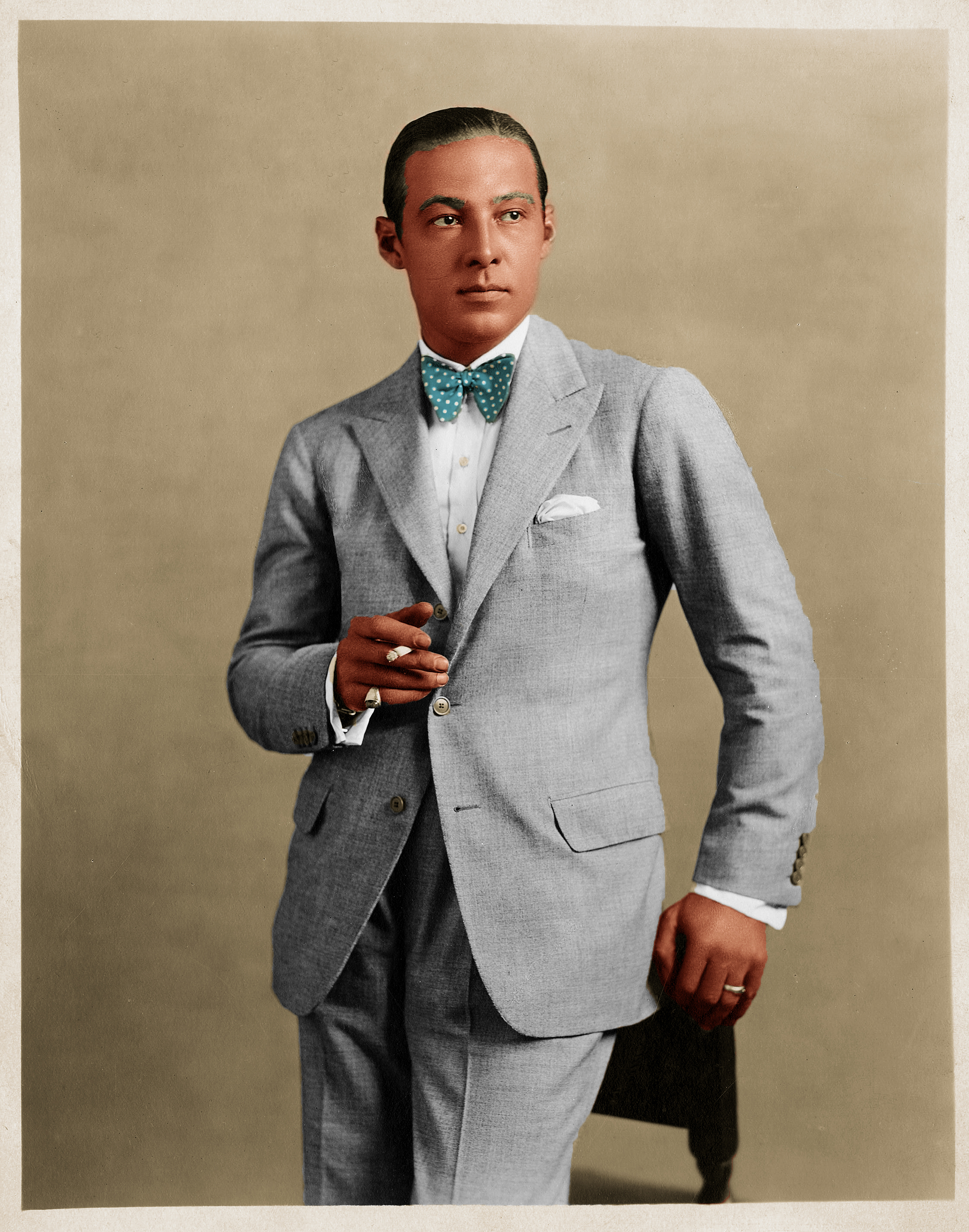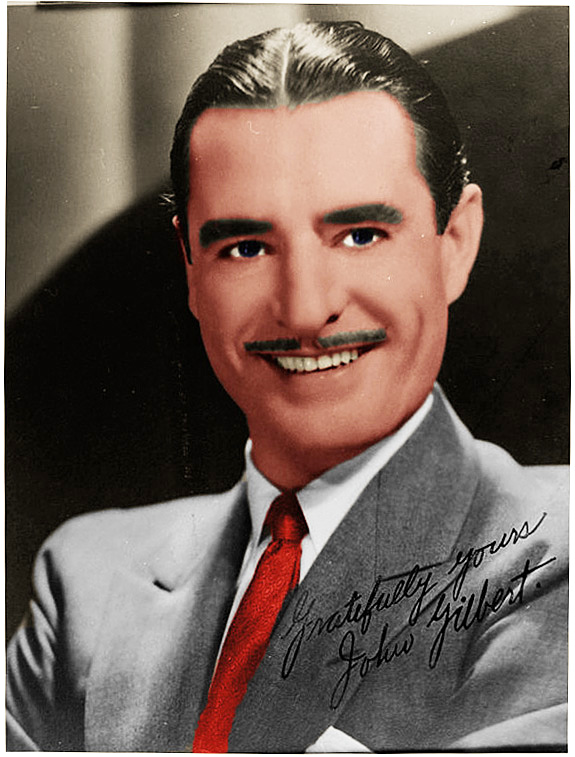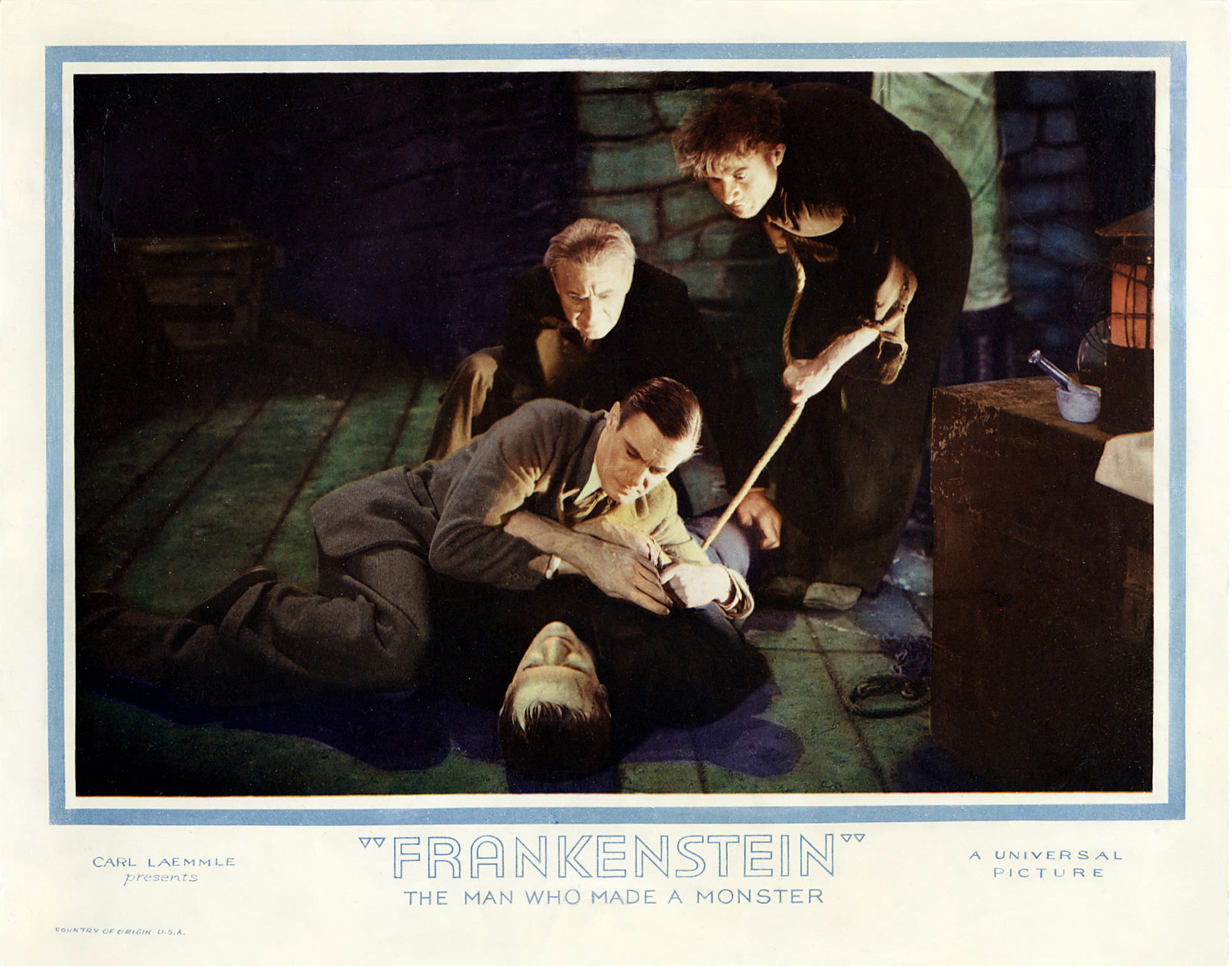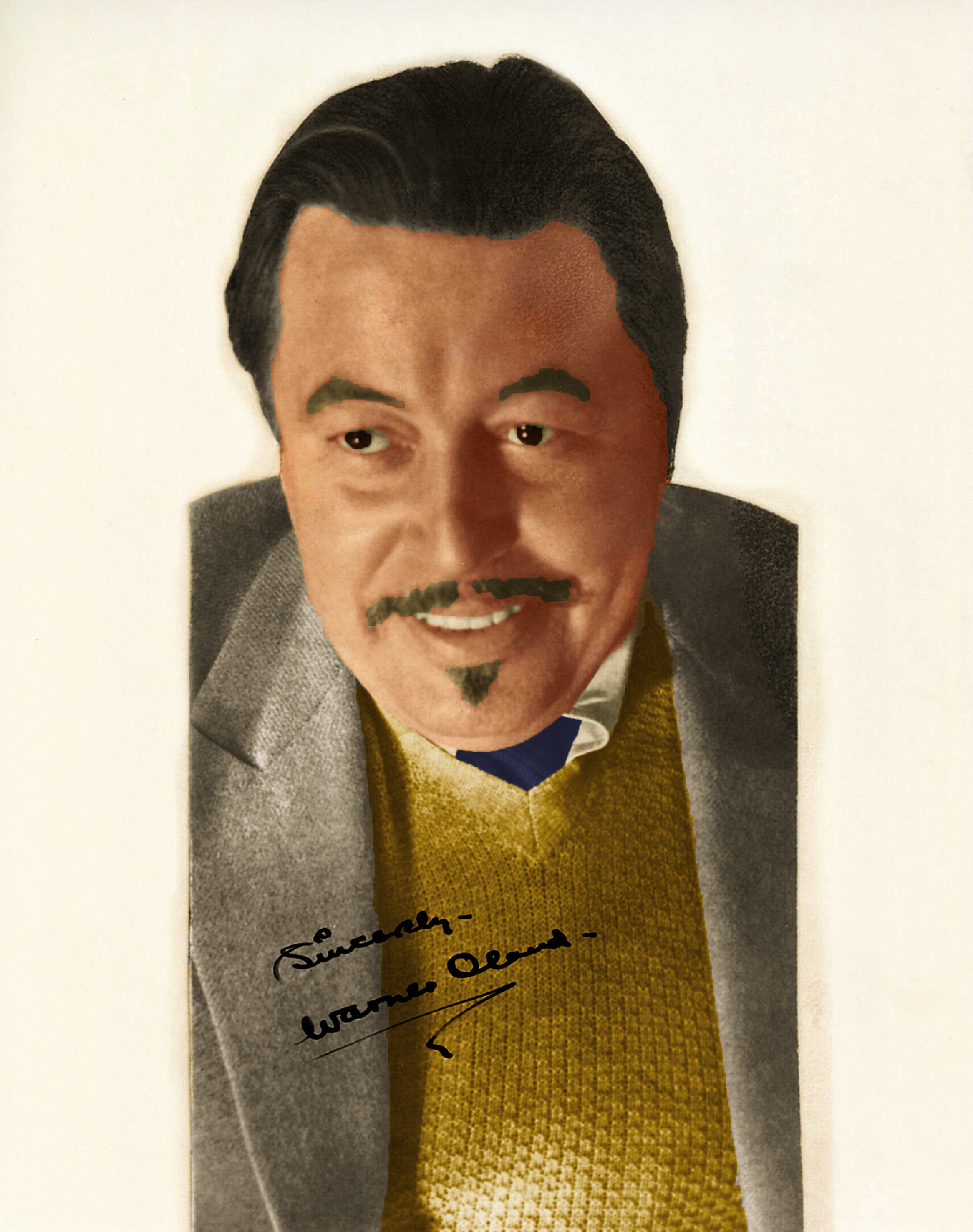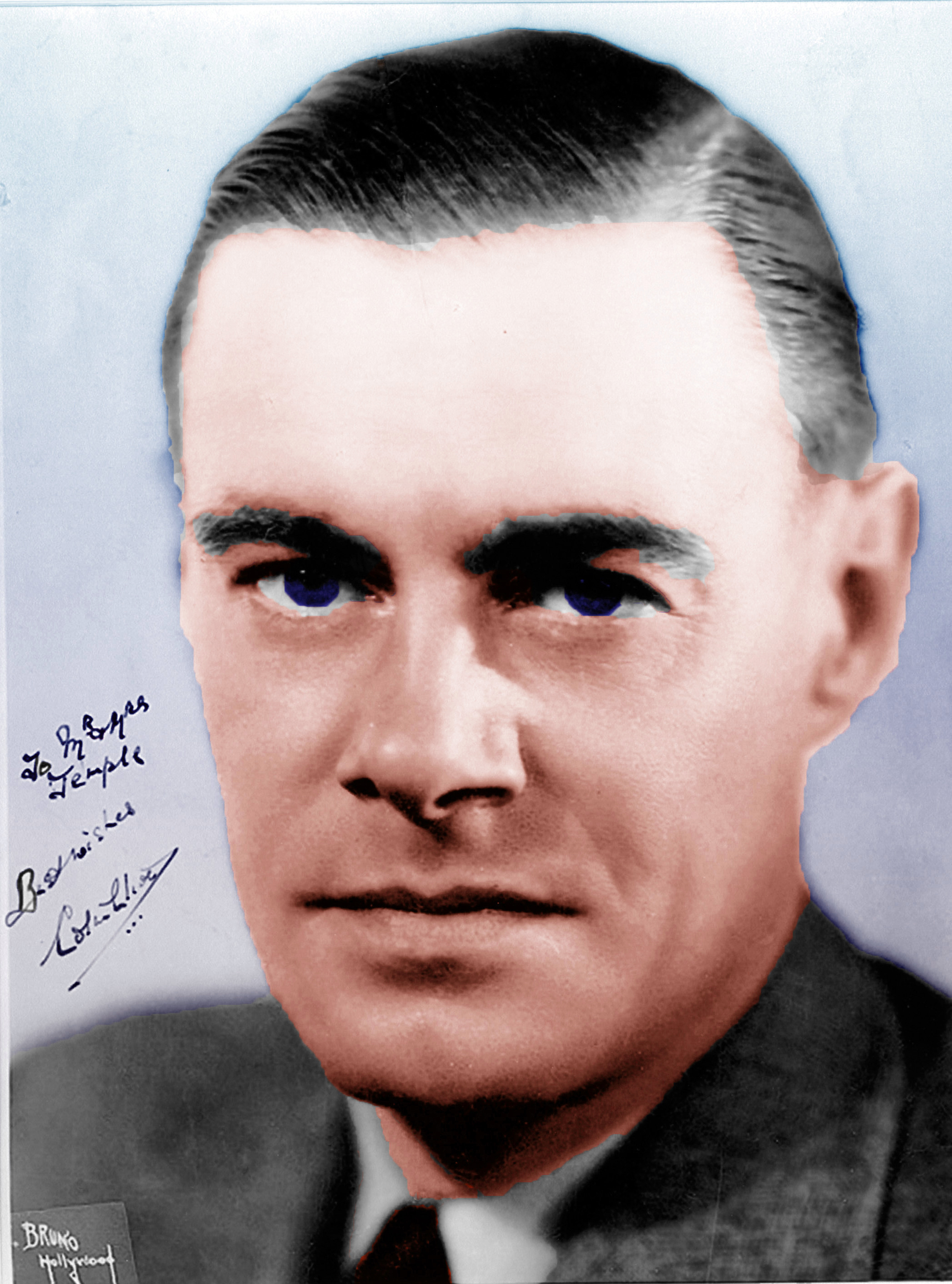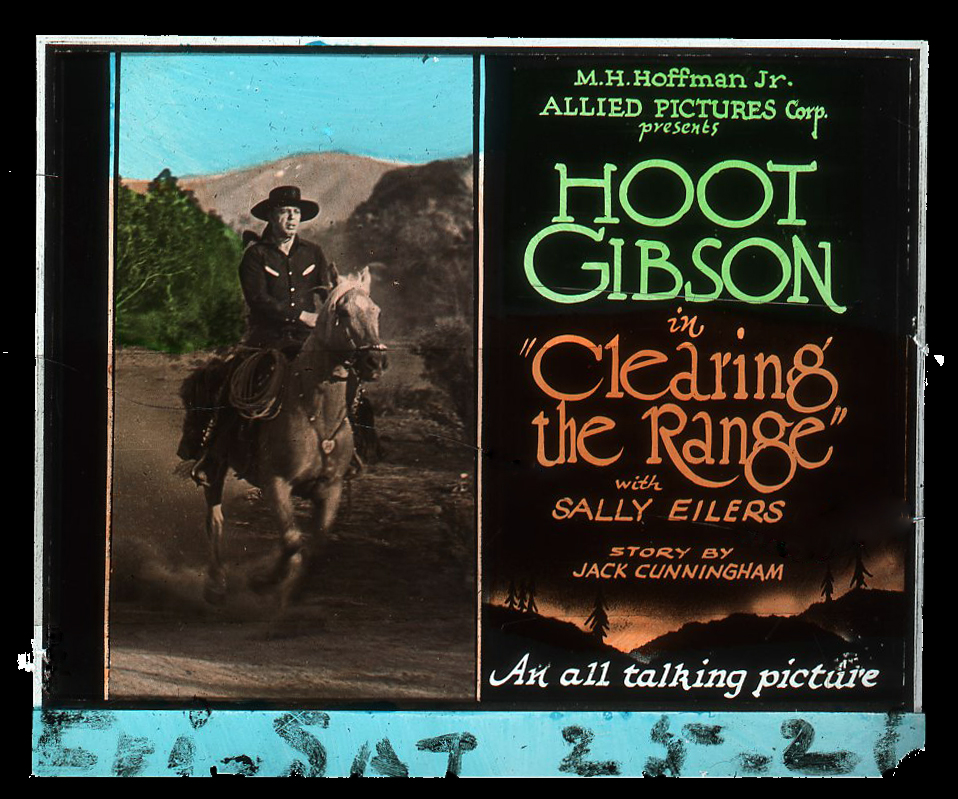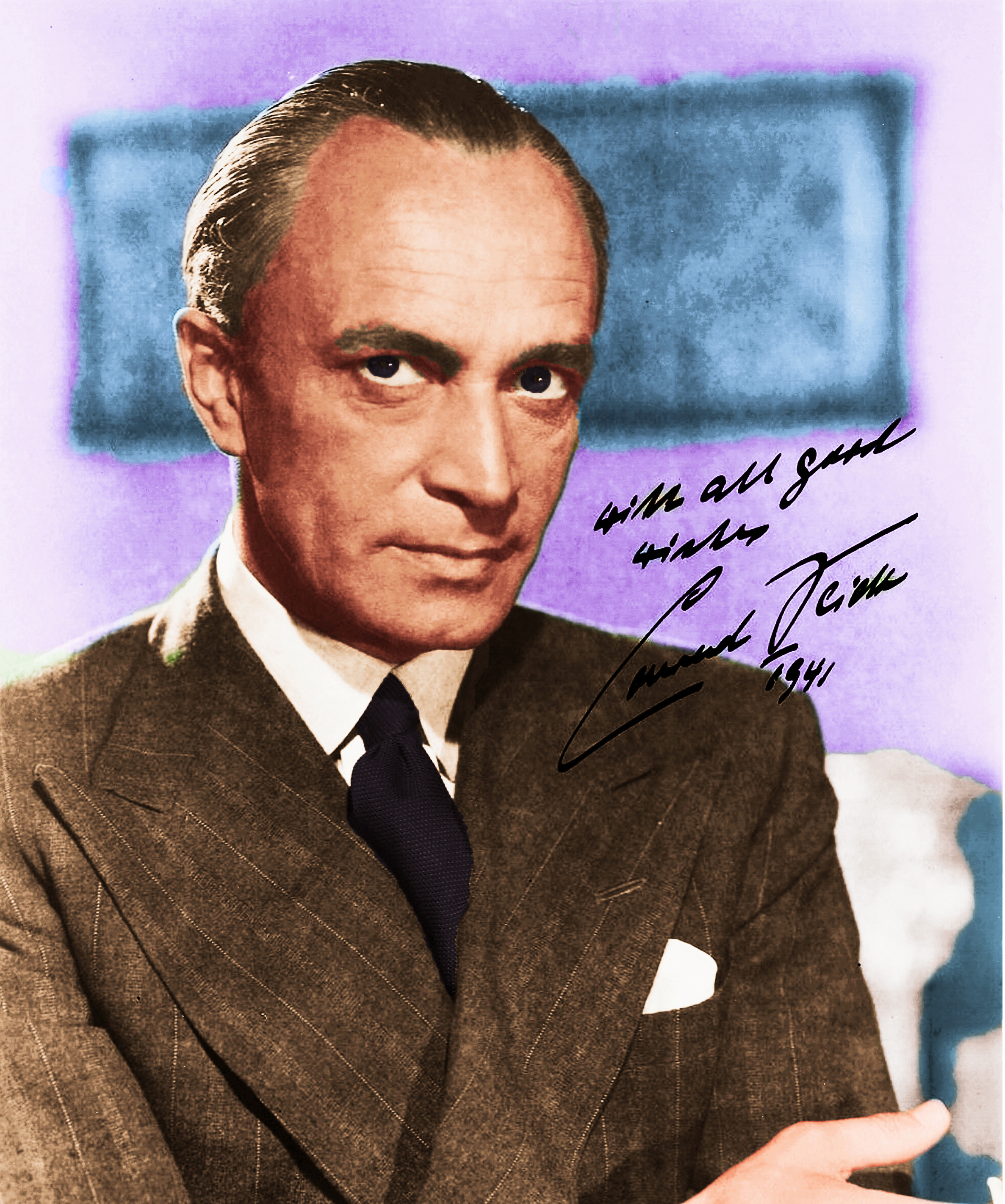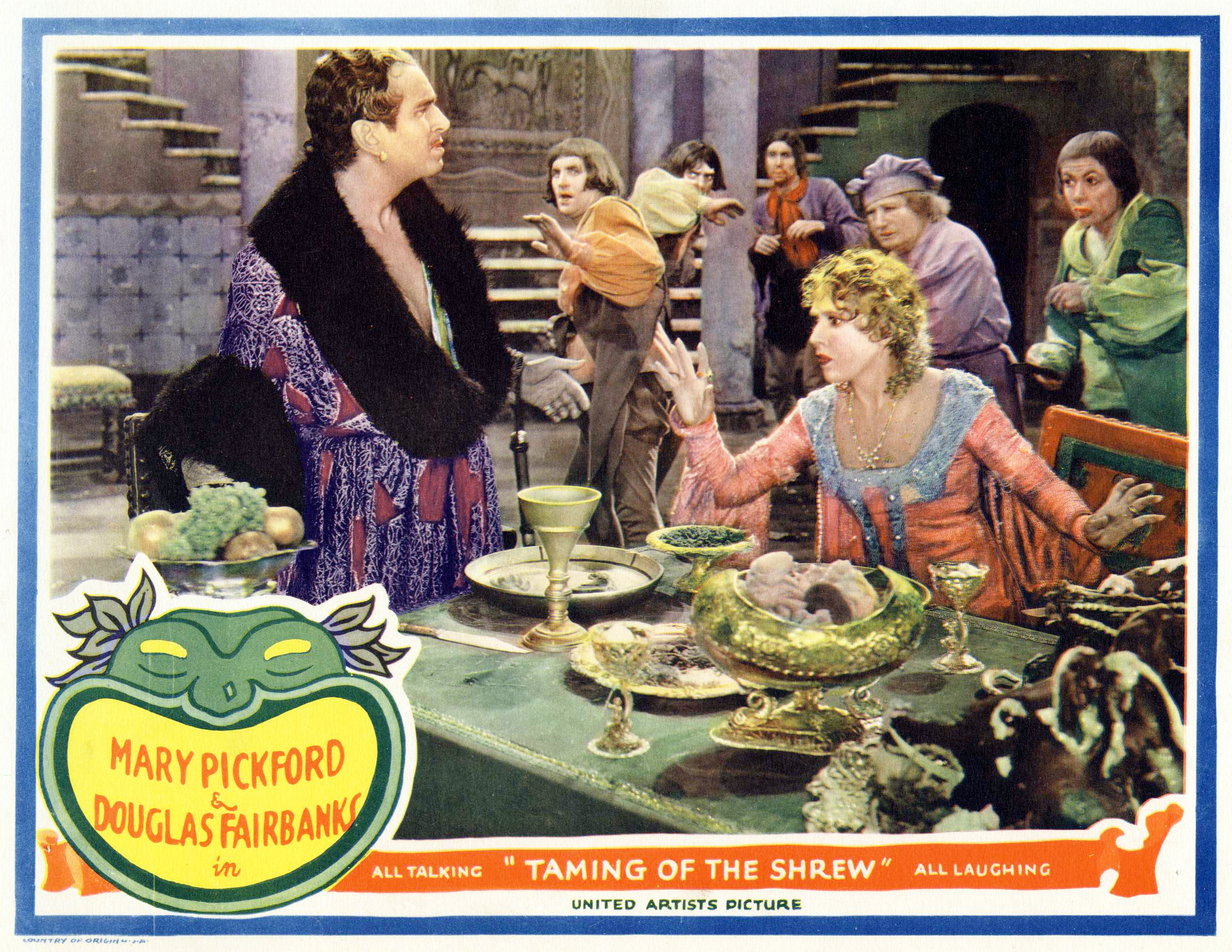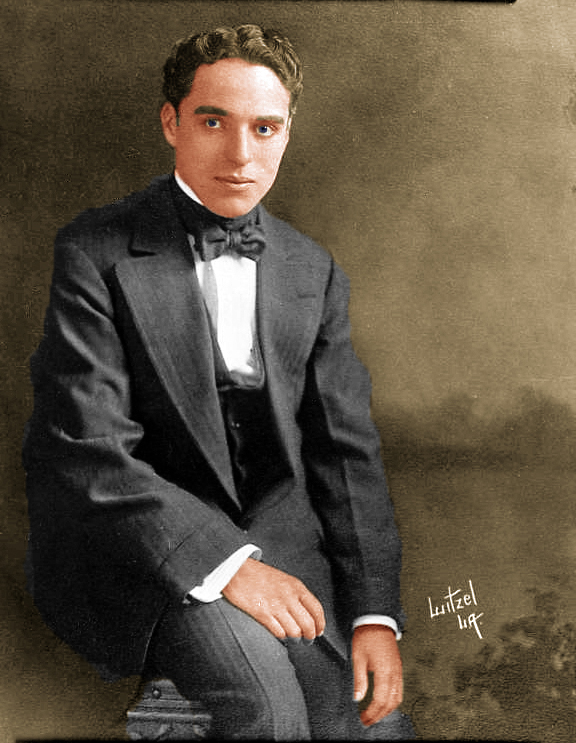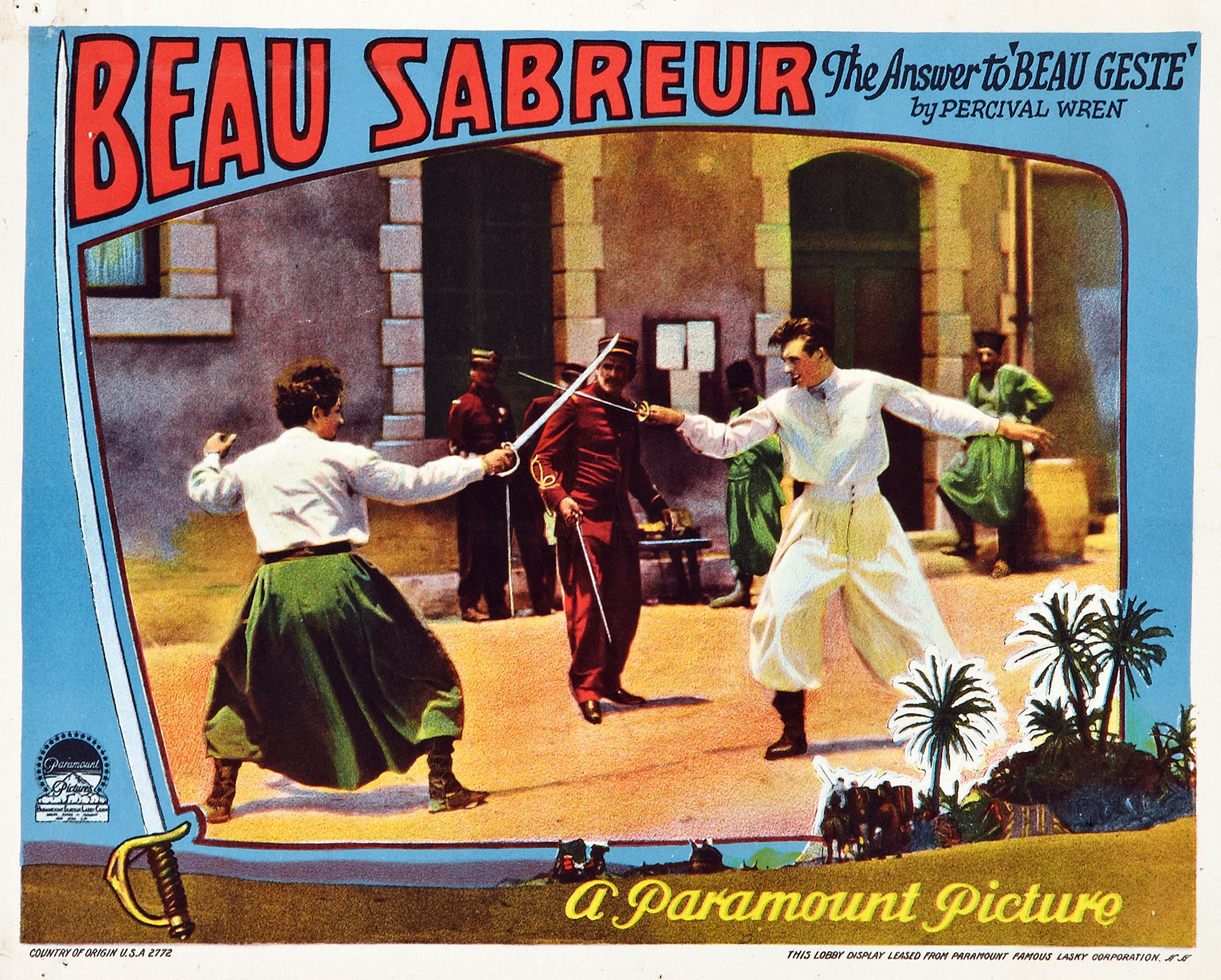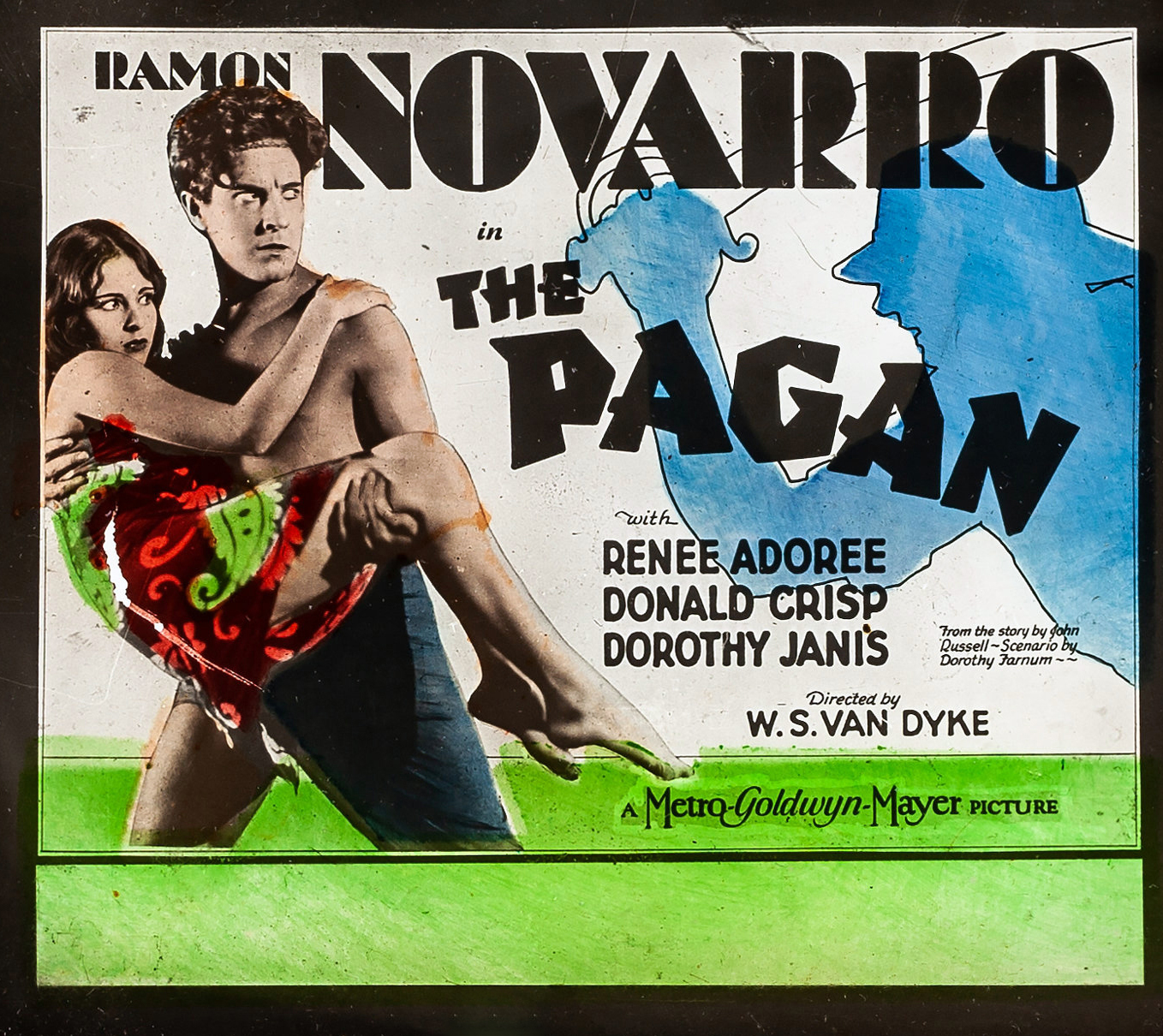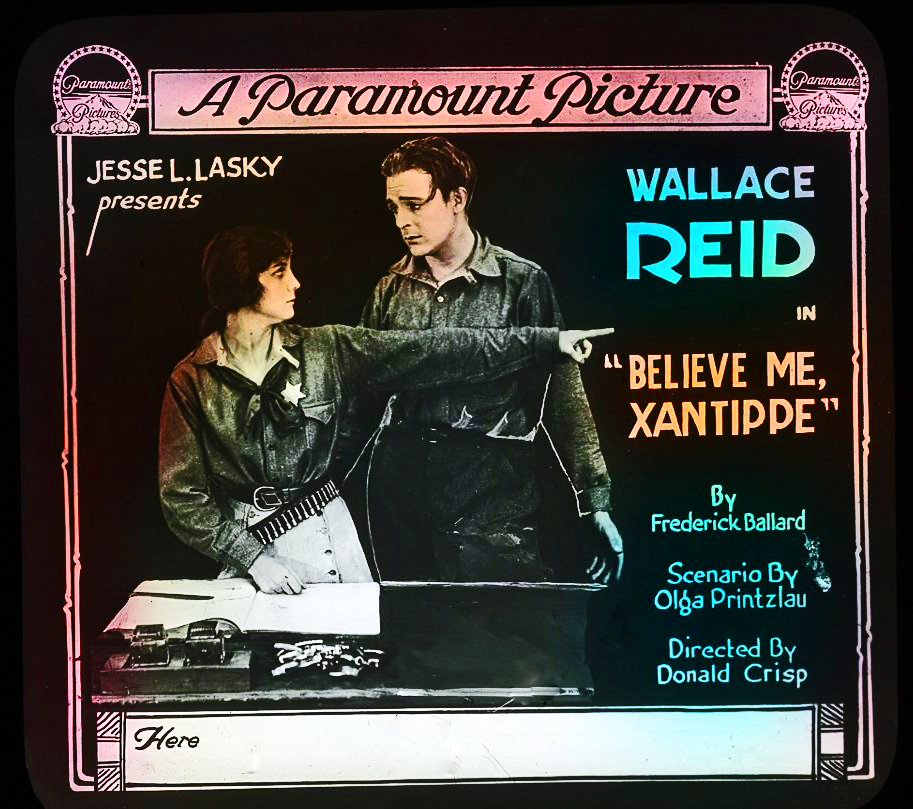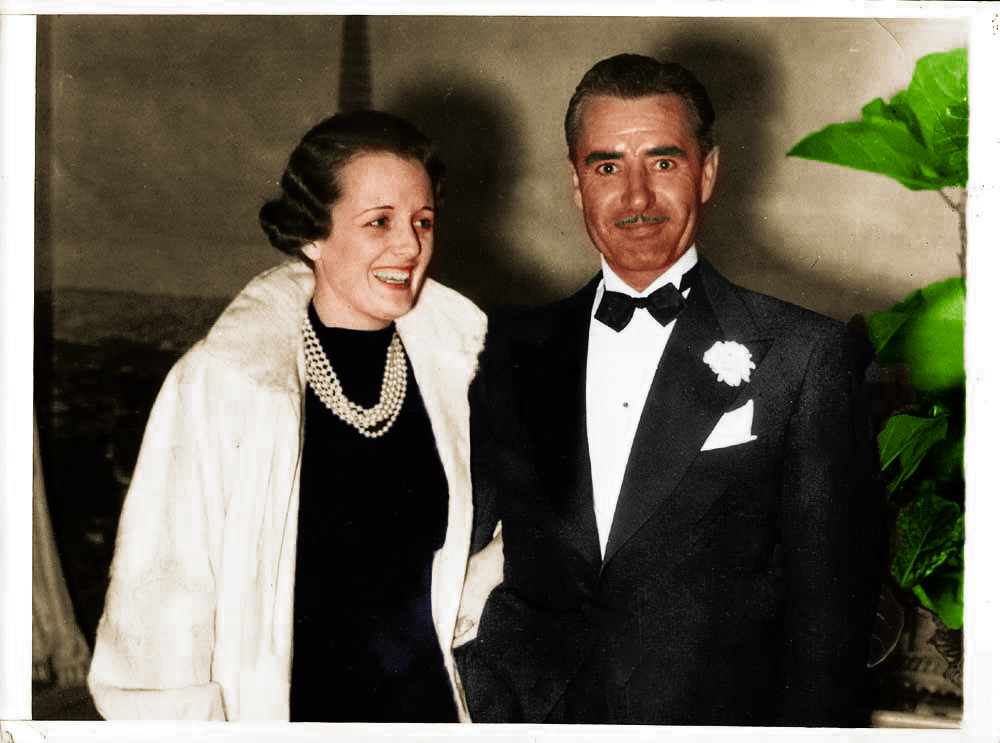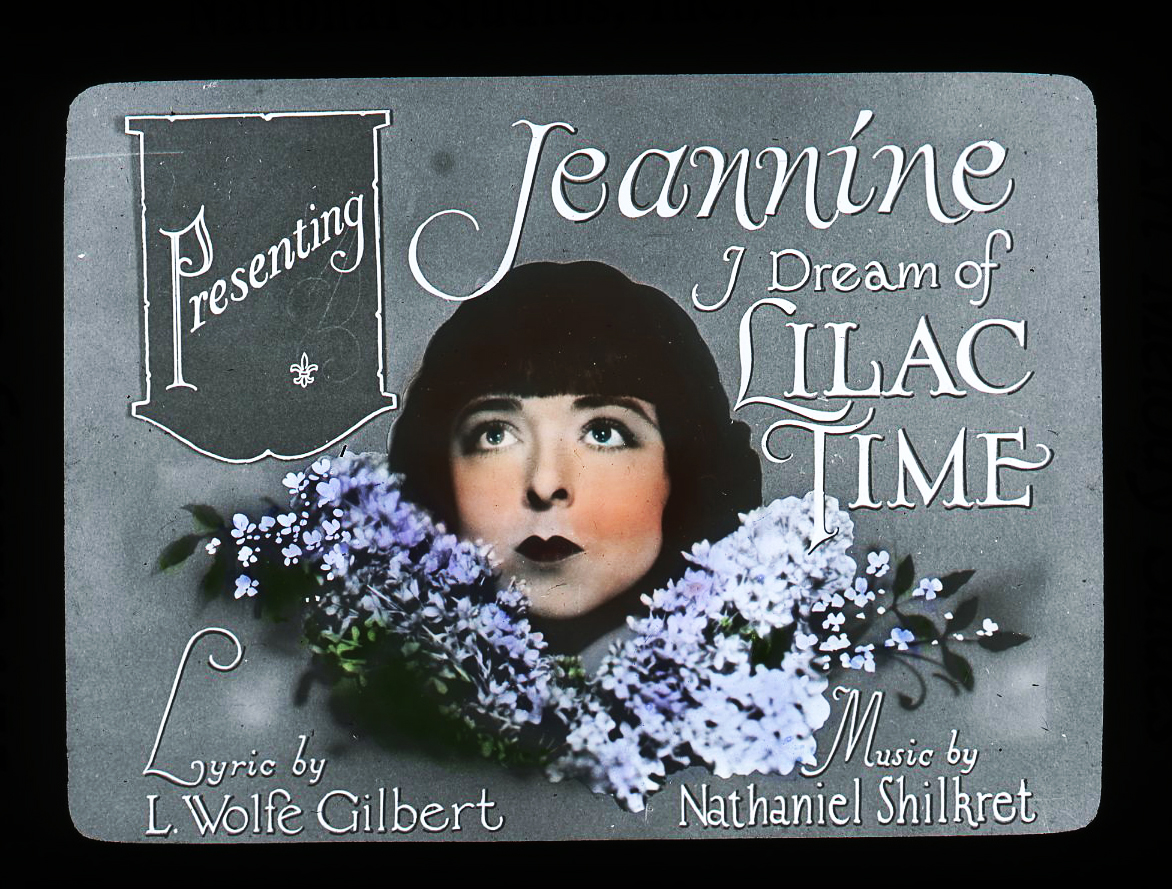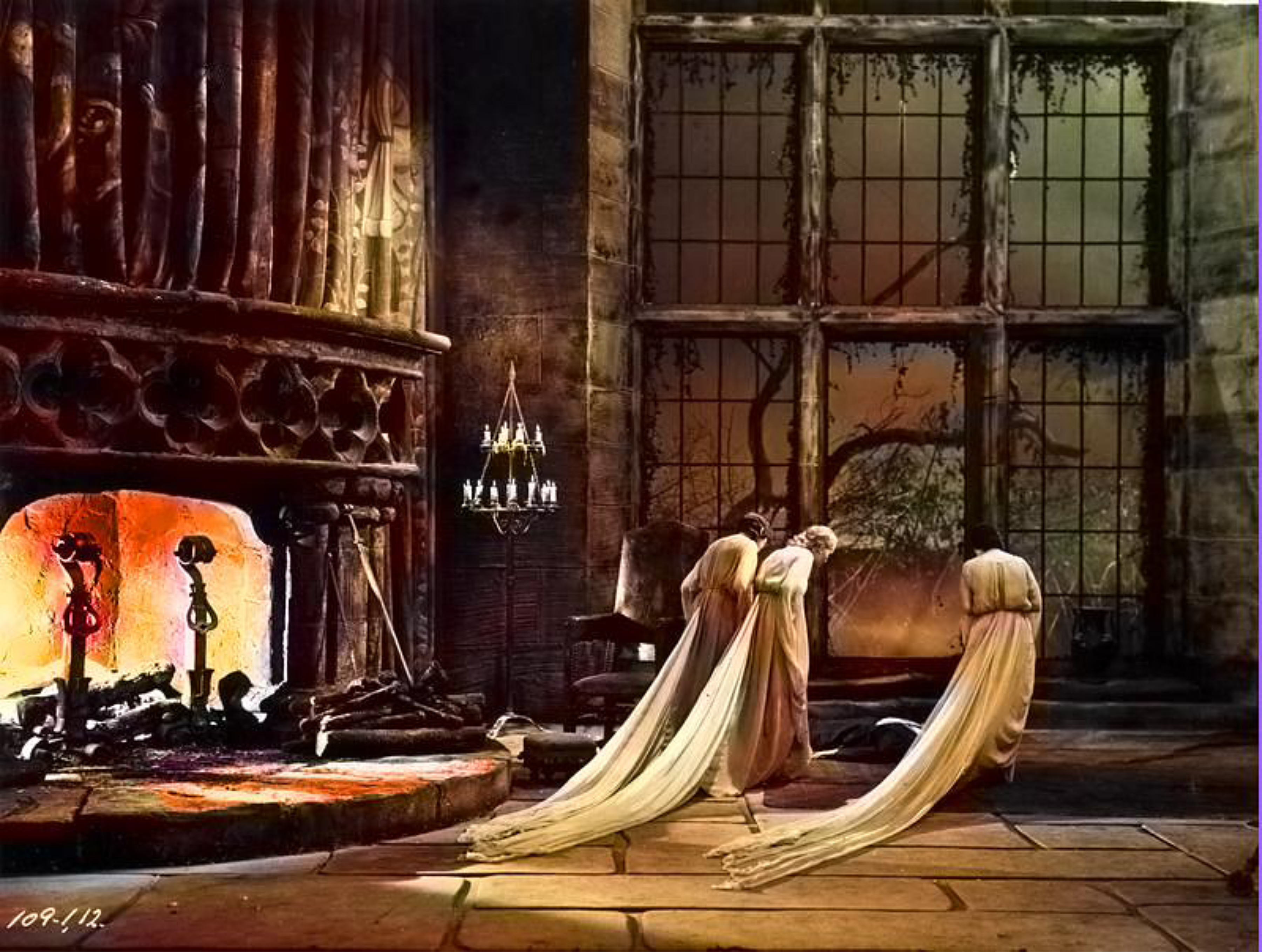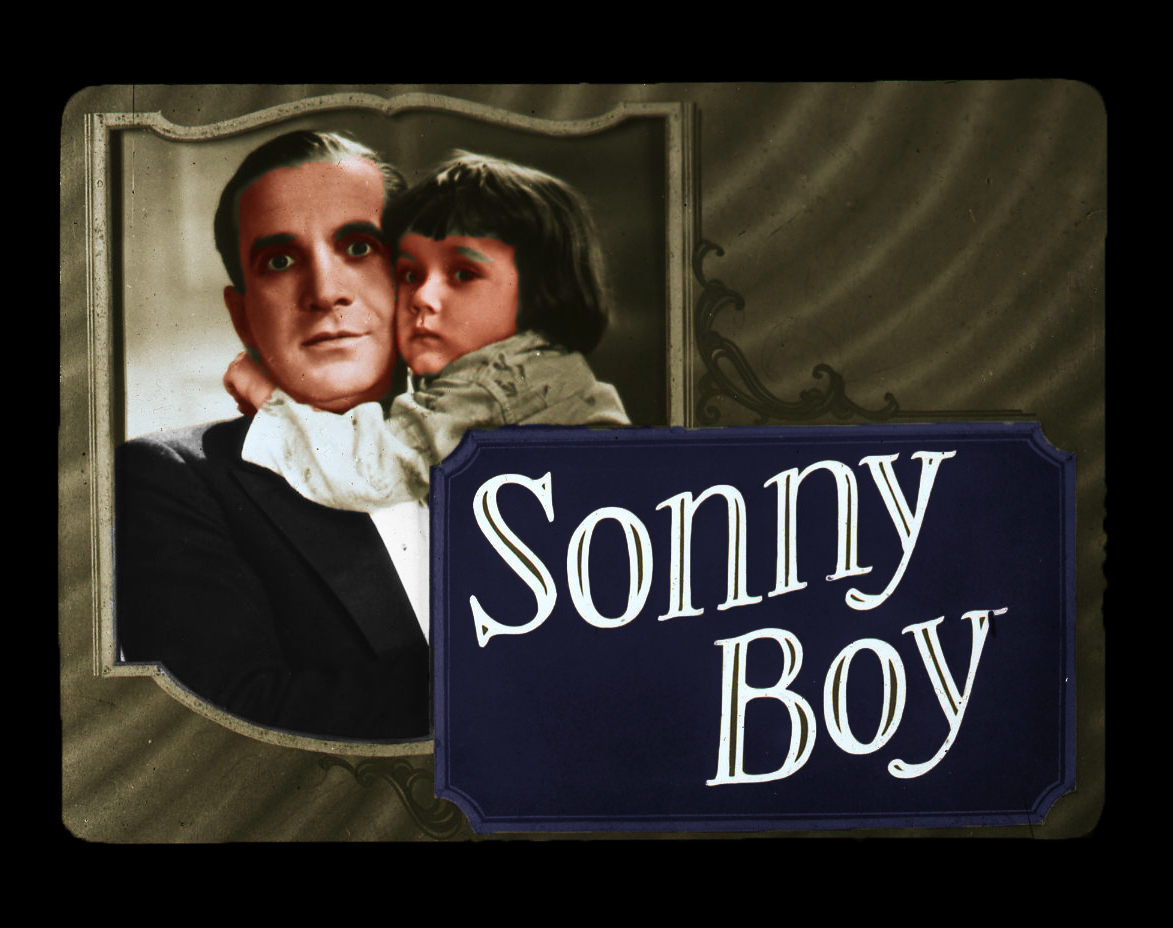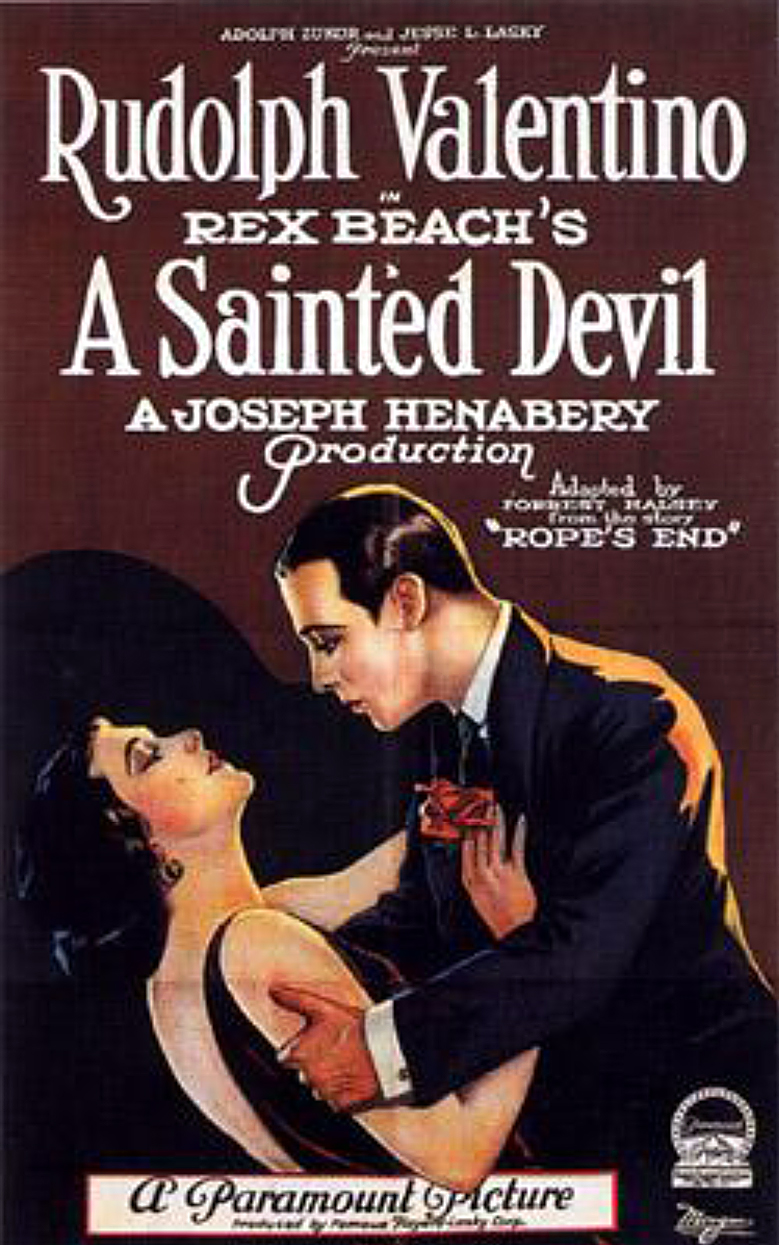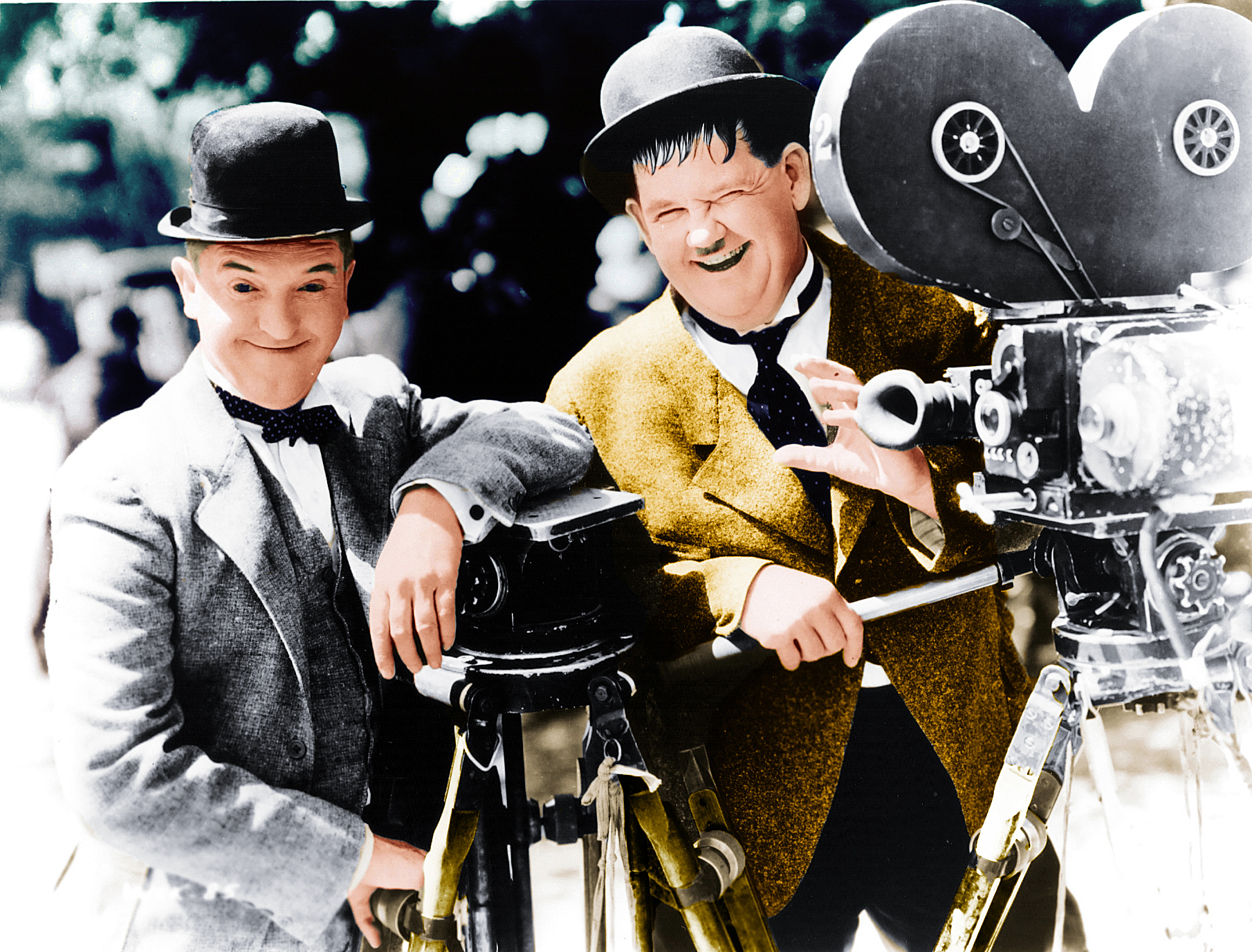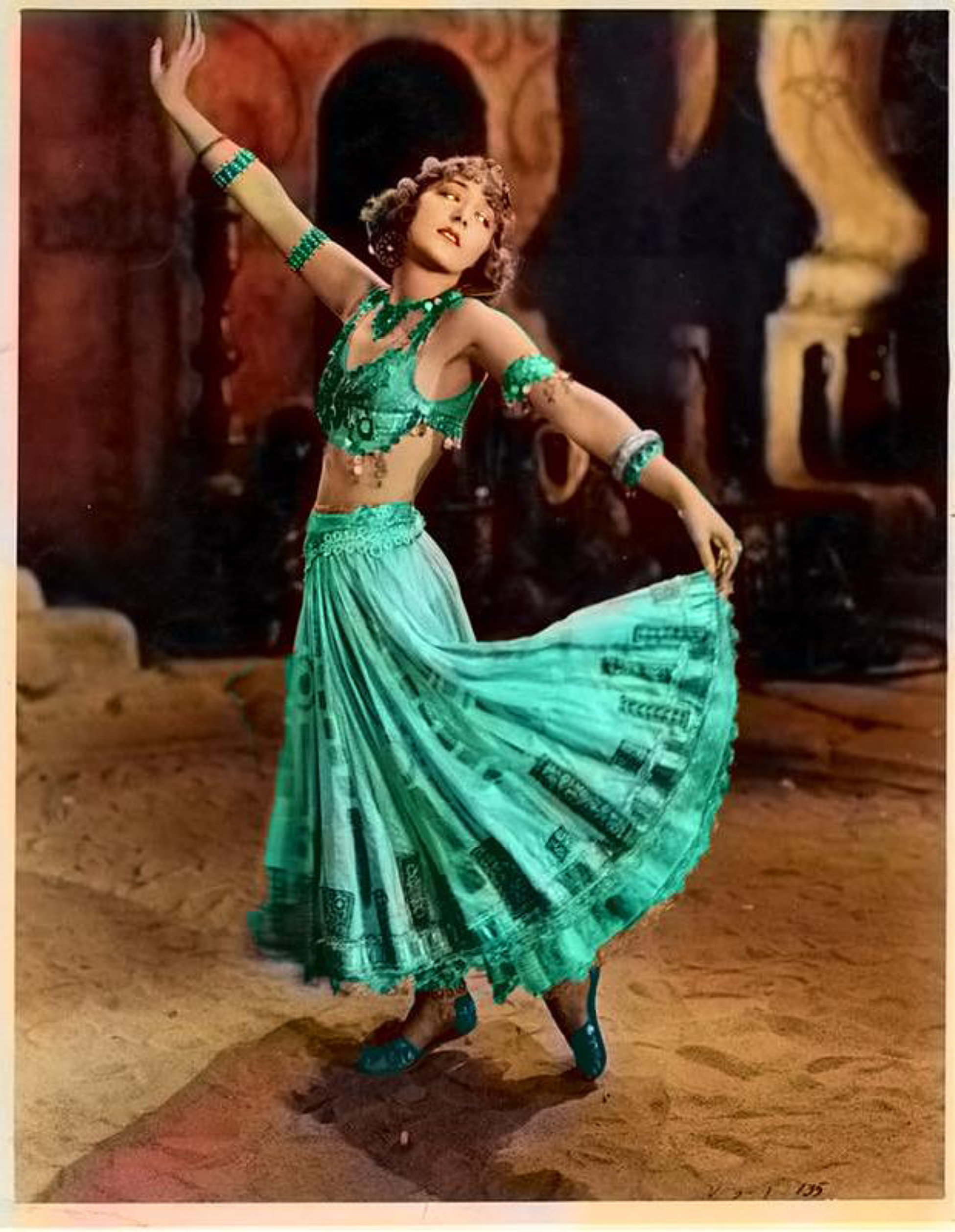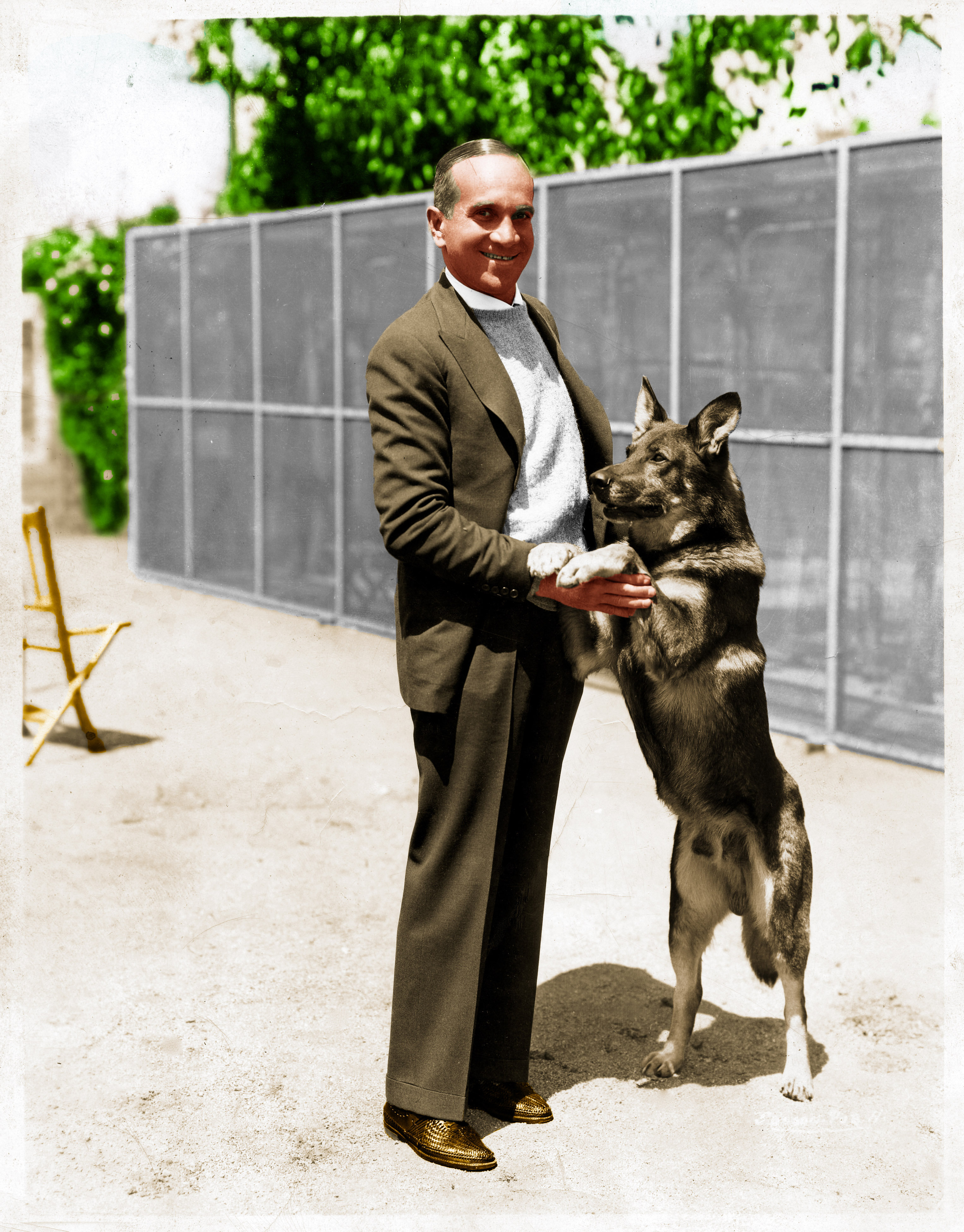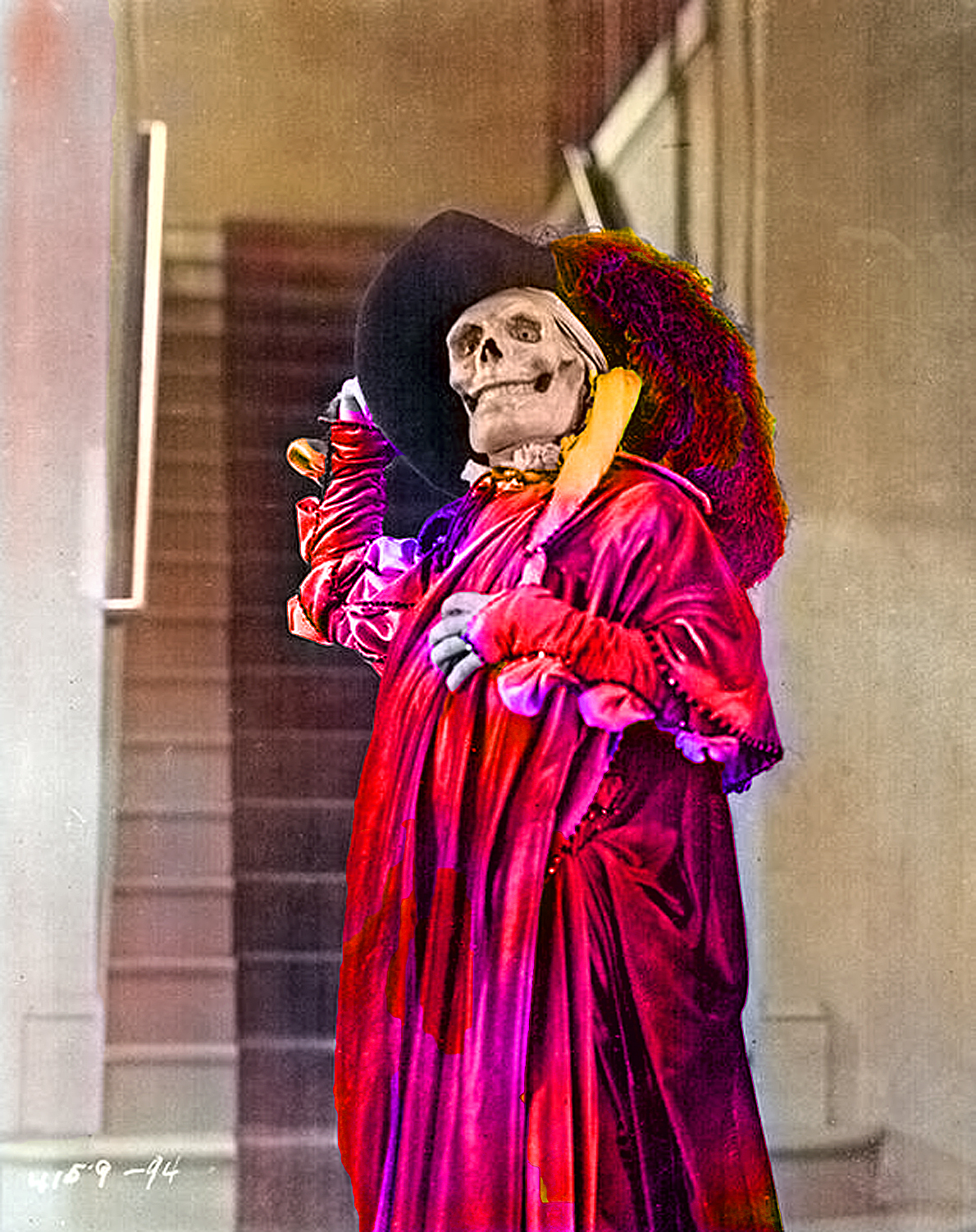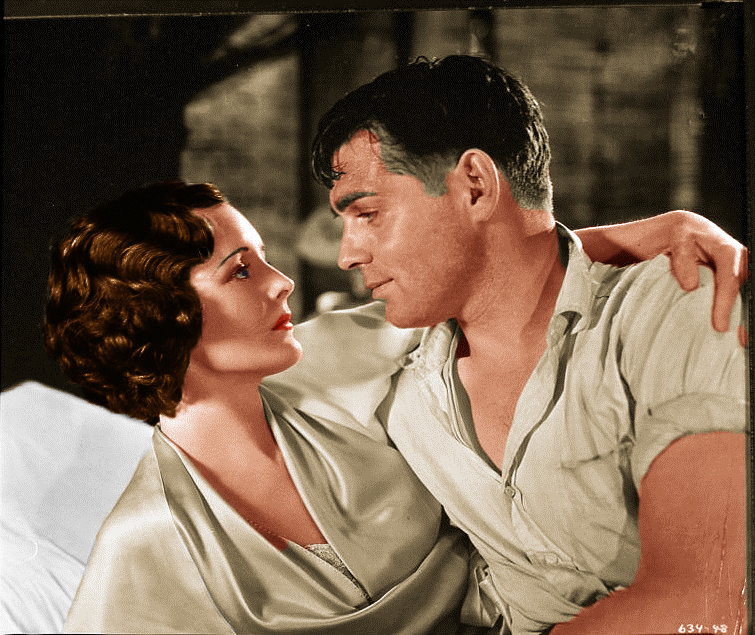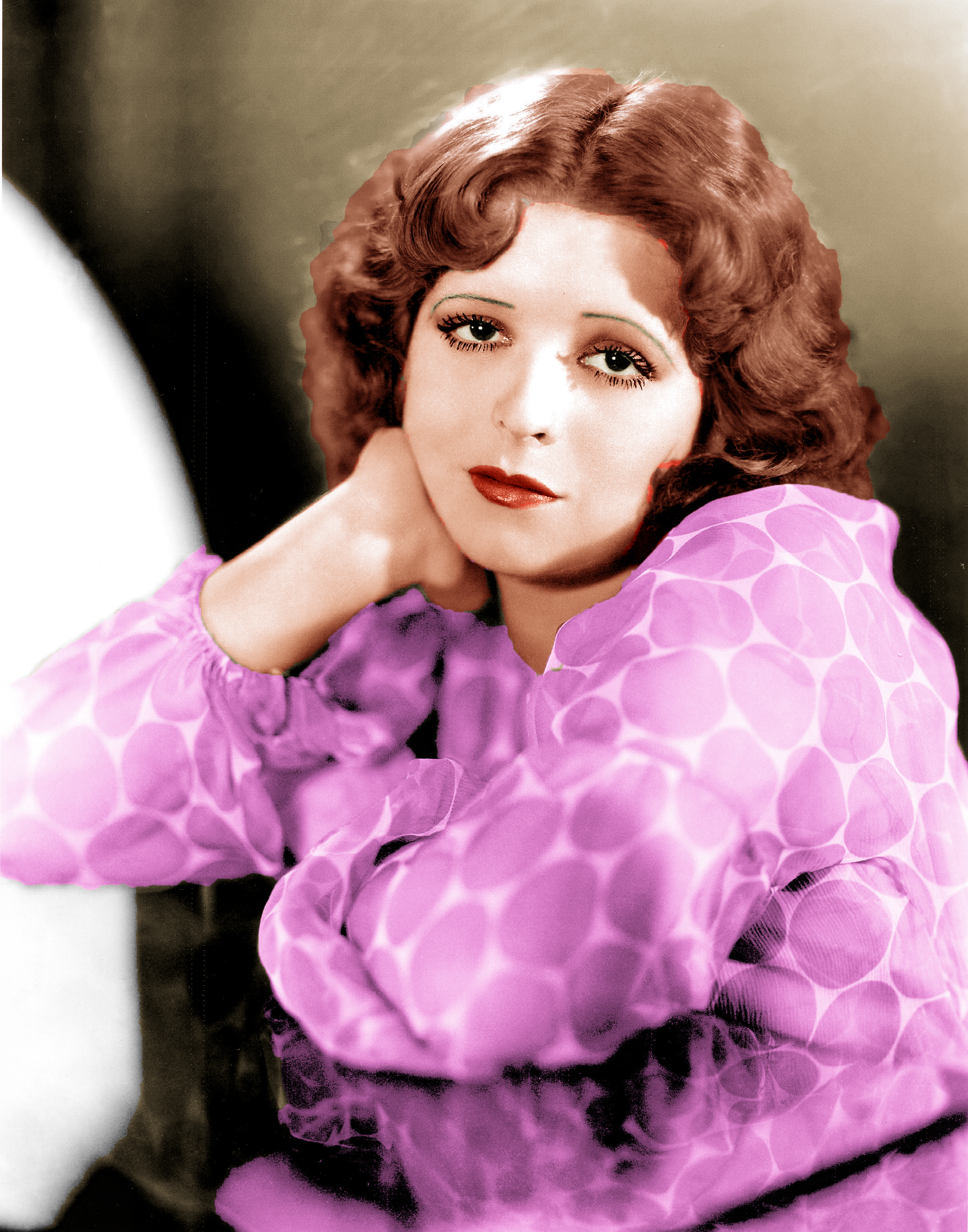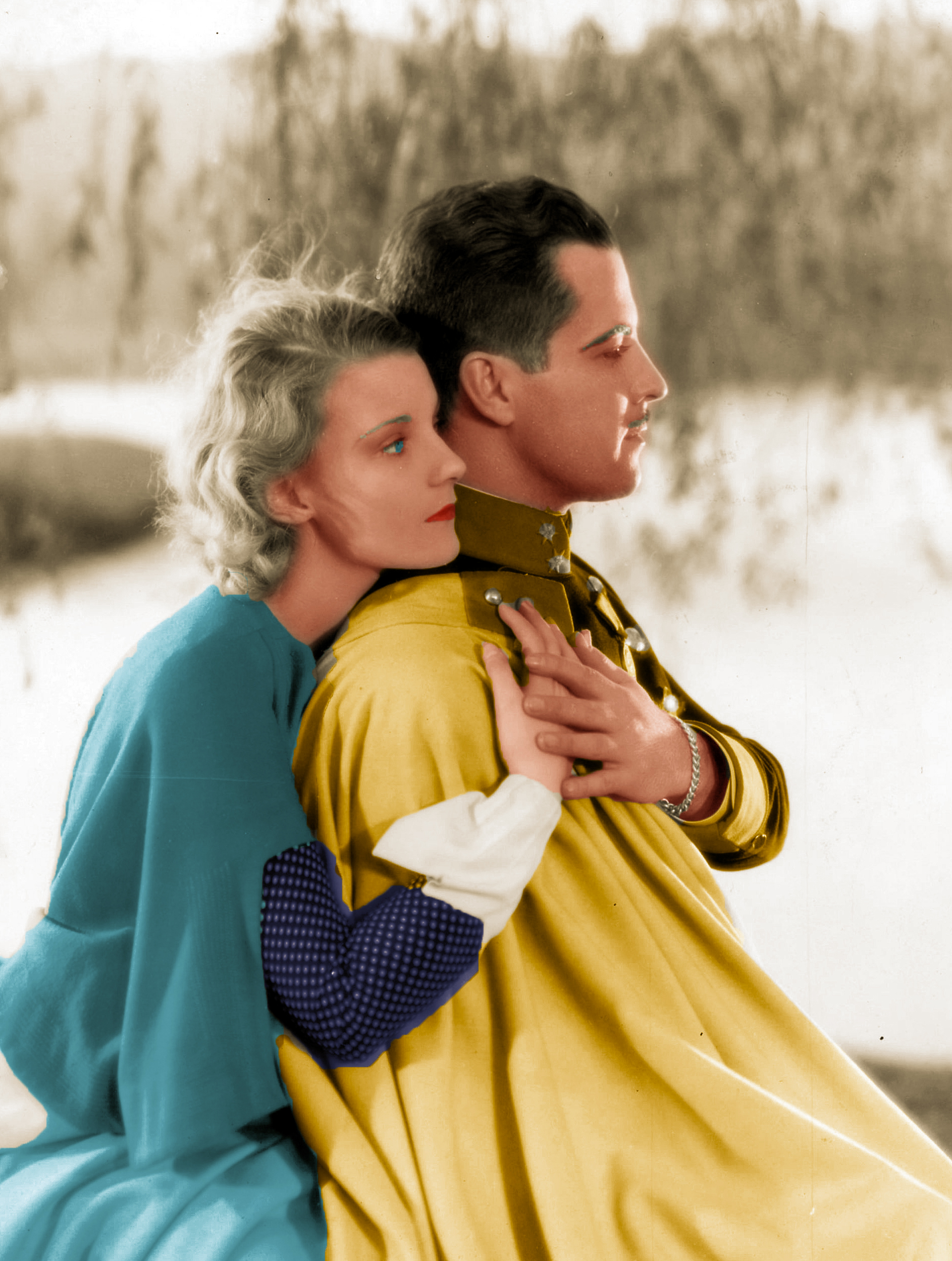Here they are – this year’s selection of wall calendars with my colorized photos that I created during this past year. Obtaining your copy is easy, just print them out. They look great in 8×10!
Here they are – this year’s selection of wall calendars with my colorized photos that I created during this past year. Obtaining your copy is easy, just print them out. They look great in 8×10!
Some months ago your blogmeister posted a thread called “Silent Screen Stars on Radio” that proved very popular. I promised a possible sequel so here it is. Radio during the 1930s became a veritable haven for silent screen stars, regardless of whether they were successful in talkies. Let’s start our tour with one the most popular stars of the silent screen, Norma Talmadge. Norma made only two talkies then decided to retire from the screen in 1930 with her wealth intact. Here is Norma in her final film, DUBARRY, WOMAN OF PASSION (1930):

She was married to George Jessel for several years during the ’30s and appeared with him on his weekly variety show, “Thirty Minutes in Hollywood.” Legend claims that Norma left sound films because of a pronounced Brooklyn accent but fortunately her radio work vindicates her vocally. Here Norma co-stars with Gilbert Roland in her first talkie, NEW YORK NIGHTS (1929):

Let’s listen to an excerpt from the March 6, 1938 broadcast with Jessel and a ten-year singing prodigy, Josephine, who asks Norma about her film career:
Gloria Swanson was one of the greatest stars of the 1920s and her transition to talkies was not only successful but revealed her excellent singing voice. However, times were changing quickly in the early 1930s and the fickle public shifted its attention to newer attractions. La Swanson produced her own films and by 1934 she realized it was time to move on to other pursuits. But she was never gone from the public scene for very long, which may explain her spectacular return to films in SUNSET BLVD. in 1950. Here is Gloria making a very early broadcast circa 1928:
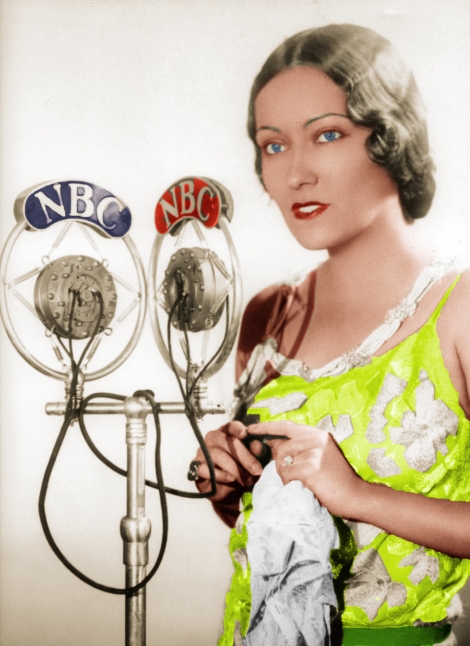
Let’s join Gloria as guest on Eddie Cantor’s show on March 9, 1938. This being a live broadcast, the performers keep rolling, mistakes and all:
Now for something completely different. Conrad Veidt was one of the most popular international stars during the silent film era, first gaining notice in the groundbreaking THE CABINET OF DR. CALIGARI (1919). Connie, as he was called, traveled from Germany to Hollywood in 1926 at the request of John Barrymore, who wanted him to play the crafty King Louis XI in Barrymore’s new epic, THE BELOVED ROGUE (1927). Here is an original autographed portrait of Connie taken about the same time:

Veidt returned to his native Germany in 1929 where he continued his career, by then starring in sound films, until he fled his homeland in 1933 with the rise of Hitler. His career continued uninterrupted in Britain, though he struggled mightily to learn English, and eventually returned to Hollywood in 1940 where he donated most of his earnings to the American and British war effort. One of his most impressive films at that time was A WOMAN’S FACE (1941) with Joan Crawford in the title role:

Connie said that this film was his favorite, even more so than CALIGARI, and described his role as “Satan in a tuxedo.” The public agreed because he was asked to recreate his film role not once but twice on radio. Here is the first broadcast, a half-hour version from April 19, 1942, with Bette Davis playing the Joan Crawford role, and Bette’s old co-star from her early days at Warner Bros., Warren William. All three stars donated their salaries to the Motion Picture Relief Fund:
The great director D.W. Griffith was rarely heard on radio but made an exception when another great director, Cecil B. DeMille, asked him to appear on DeMille’s show, Lux Radio Theater. The 1930s were a difficult time for Griffith although he was regarded by the film industry as the most influential of the pioneer filmmakers. He was given a special Academy Award but would have much preferred to be given a film to direct instead. No doubt he would have been pleased with this commemorative stamp issued in his honor decades later:

Let’s join D.W. on June 29, 1936 as Cecil B. DeMille welcomes him:
Marion Davies is remembered today as the mistress of publishing tycoon William Randolph Hearst, and as the inspiration for the character of Susan Alexander, the untalented mistress of Orson Welles’ CITIZEN KANE (1941). Welles would spend his later years explaining that he felt Marion Davies was one of the most talented stars of Hollywood, in both silent and sound films, and he made the Susan Alexander character untalented so nobody could claim that she was suppose to be Marion, but alas, it didn’t work out that way.

Let’s hear Cecil B. DeMille again as he converses with Marion Davies and Brian Aherne at the conclusion of the November 29, 1937 Lux broadcast of PEG O’ MY HEART that Marion had made as a film in 1931. I believe this broadcast turned out to be her last professional appearance, after having made what proved to be her final film earlier in the year. Also, it was said that Marion spoke with a stammer, something that was never heard in any of her sound films. However, you can hear that she is having some difficulty getting through her scripted remarks:
Finally, we have not one but two Barrymores, John and Lionel. The brothers started making films back in 1912 and possibly earlier, to supplement their theater earnings. By the 1920s, the Barrymore Brothers were starring on the New York stage and in big budget films too, although they worked separately during the silent era. Here is one of their joint stage appearances in 1919 in THE JEST, which F. Scott Fitzgerald immortalized in his first novel, This Side of Paradise.
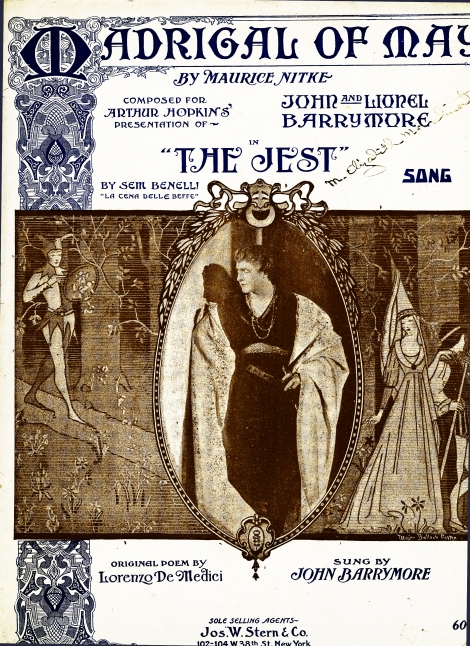
John in one of his spectacular swashbucklers of the silent screen:

The talkies held no fear for either Lionel or John, in fact Lionel directed as well as starred in them. Alas, this talkie comedy from 1930, with John and a very young Loretta Young, is lost:

By the early 1940s each of the Barrymore Brothers had his own weekly radio show but Lionel also made guest appearances on John’s Sealtest Show, which headlined Rudy Vallee, who was responsible for hiring John for the show:

The Sealtest Show was a slapstick comedy series where the stars and guests were satirized. But just to let listeners know it was all in fun, John and Lionel took time out to perform a scene from Shakespeare’s RICHARD III. Here Rudy Vallee introduces the scene on the May 1, 1941 broadcast:
I passed over shows with all-but-forgotten silent screen stars such as Bert Lytell and Aileen Pringle but just let your ol’ blogmeister know of any requests. And thanks for stopping by.

Nowhere was the Holiday spirit kept better than in Old Hollywood. As a sign of those times, when Bing Crosby first recorded “Silent Night” in 1935, he thought it was wrong to accept payment and donated his fee to charity. There is a wealth of vintage carols and old time broadcasts available on the Internet but here at OHIC we are pleased to present some rare material that you are not likely to find elsewhere. In the links that follow we will hear unscripted Christmas greetings from President Franklin Roosevelt, a live session with Glenn Miller and his Orchestra just two weeks after the Pearl Harbor attack, plus a young Judy Garland and Mickey Rooney providing unscripted commentary of the Christmas Parade along Hollywood Boulevard, and much more.
President Franklin Roosevelt and British Prime Minister Winston Churchill:

First let’s begin our trip back in time by returning to December 24, 1940, as FDR concludes his Christmas greetings by making a suggestion involving the White House Christmas Tree that has been followed to this day:
Christmas 1941 was unlike any before or since. Barely two weeks earlier the United States was suddenly thrust into the Second World War, which had been raging in Europe for two years already. America had been officially neutral but all that changed when the Empire of Japan attacked the U.S. Pacific Naval Fleet at Pearl Harbor, Hawaii, on the morning of December 7, 1941. Outwardly, the 1941 Holiday season seemed the same as past years but everyone knew that the New Year would bring dramatic changes in their lives as the nation converted to a war footing.

None were fated to be more affected than popular bandleader Glenn Miller, who would be lost flying over the English Channel just days before Christmas 1944. Of all the celebrity war casualties such as Leslie Howard and Ernie Pyle, none would be mourned more than Miller. So let’s return to Christmas Eve 1941 to hear Glenn and his band broadcasting live on his bi-weekly 15-minute Chesterfield Time:
Lionel Barrymore (grand uncle of Drew Barrymore) seemed to own Christmas from the mid-1930s to the mid-1950s with his annual portrayal on the air of Ebeneezer Scrooge in Charles Dickens’ A CHRISTMAS CAROL. Even now, it is easy to surf the web and hear several different performances of Lionel as Scrooge.

But here at OHIC we give you Lionel Barrymore in A MODERN SCROOGE that was presented by the U.S. Treasury on Christmas Eve 1942 with Fredric March in support. Think of Scrooge if he had lived during WWII America and asked to buy War Bonds, and you’ll have the basic idea behind this energetic little play:
Jack Benny didn’t exactly “own” Christmas the way Lionel Barrymore did, but the holiday spirit of gift-giving conflicted perfectly with his cheapskate character. Year after year from about 1934 through the 1970s, a Jack Benny Christmas Show meant an unsentimentalized treatment of the holidays from a tightwad’s viewpoint.

Trying to select one Benny show from among the decades is difficult because there’s not a clinker in the lot. But the holiday broadcasts from 1938 are particularly caustic and this particular one from December 11, 1938 is a classic of sarcasm. Besides Jack, the show’s regulars are announcer Don Wilson, Mary Livingston (who was Jack’s wife in real life but plays a sort of gal Friday on the show), bandleader Phil Harris (who developed into a very fine comedian), and of course, Eddie “Rochester” Anderson, who gets the biggest laughs of all. It is to Jack’s eternal credit that he didn’t care who got the big laughs on his show as long as there were big laughs:
Let’s conclude this visit to Christmas Past with something truly rare. Long before Barrymore as Scrooge or Benny as a gift-giving cheapskate helped to define the Holiday season, it seemed that Christmas did not officially arrive until Madame Ernestine Schumann-Heink sang “Silent Night” at the stroke of Midnight. This Austrian-Czech contralto was considered one of the finest opera singers of her day – in the 19th century! She was popularly called Mother Schumann-Heink because she had seven children (by three husbands!) and one stepson. She became an American citizen in 1905, but had sons fighting on both the American side and the German side during the First World War (1914-1918). Her loyalties were unabashedly American and she sang tirelessly at the camps throughout that war.

By the 1920s, the radio networks would combine and across the land at Midnight on December 25th was heard the distinctive voice of Mother Schumann-Heink singing “Stille Nacht” like an angel from on high. She even had her own weekly radio show in 1934 (sponsored by Gerber Baby Foods, of course) where at the age of 73 she handed out lots of advice to her listeners between songs. Many people who lived back then felt that Christmas was never the same after her passing in 1936 but we like to think that she would be pleased to know we can still hear her proclaim Peace on Earth in the 21st Century:
